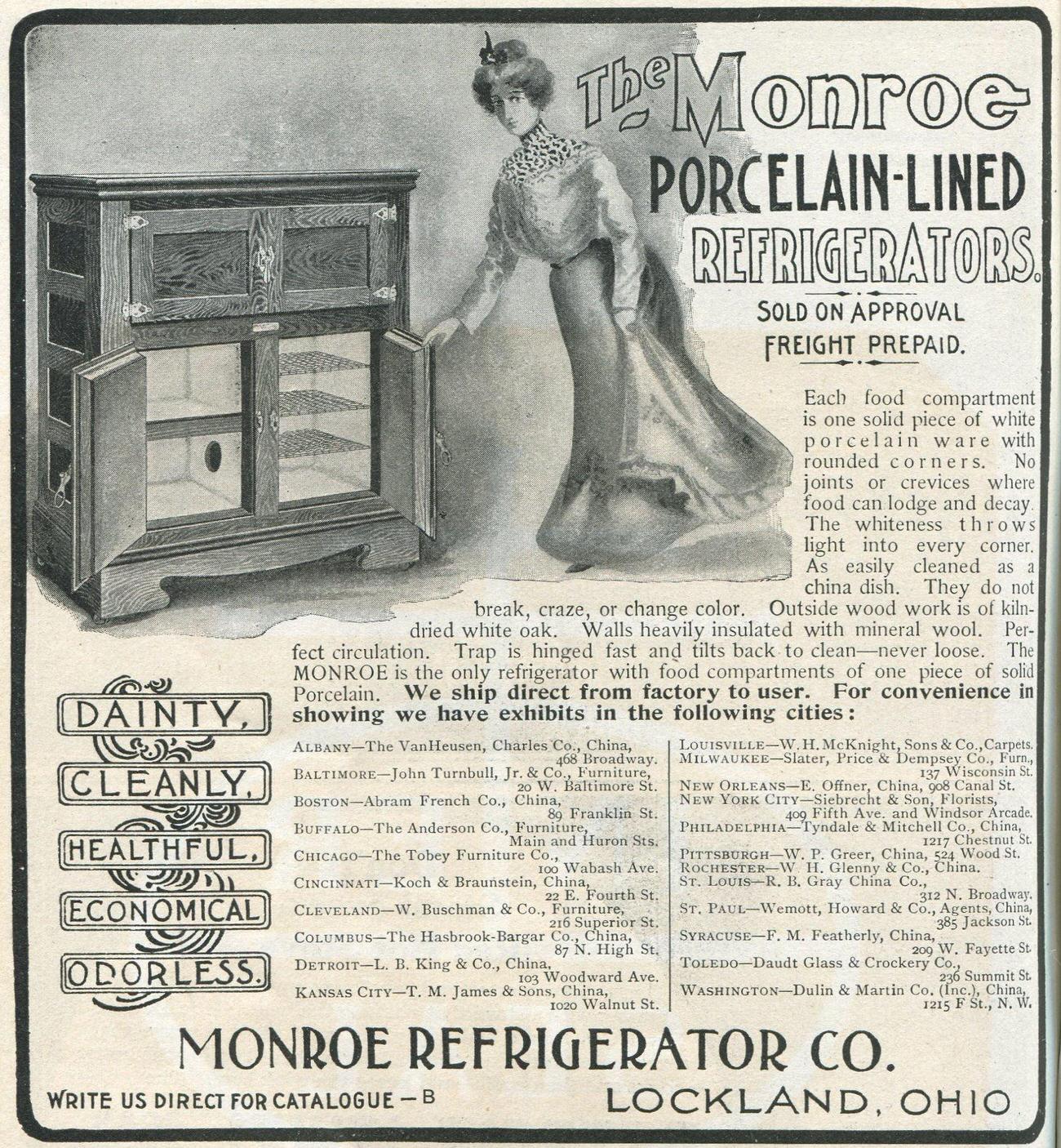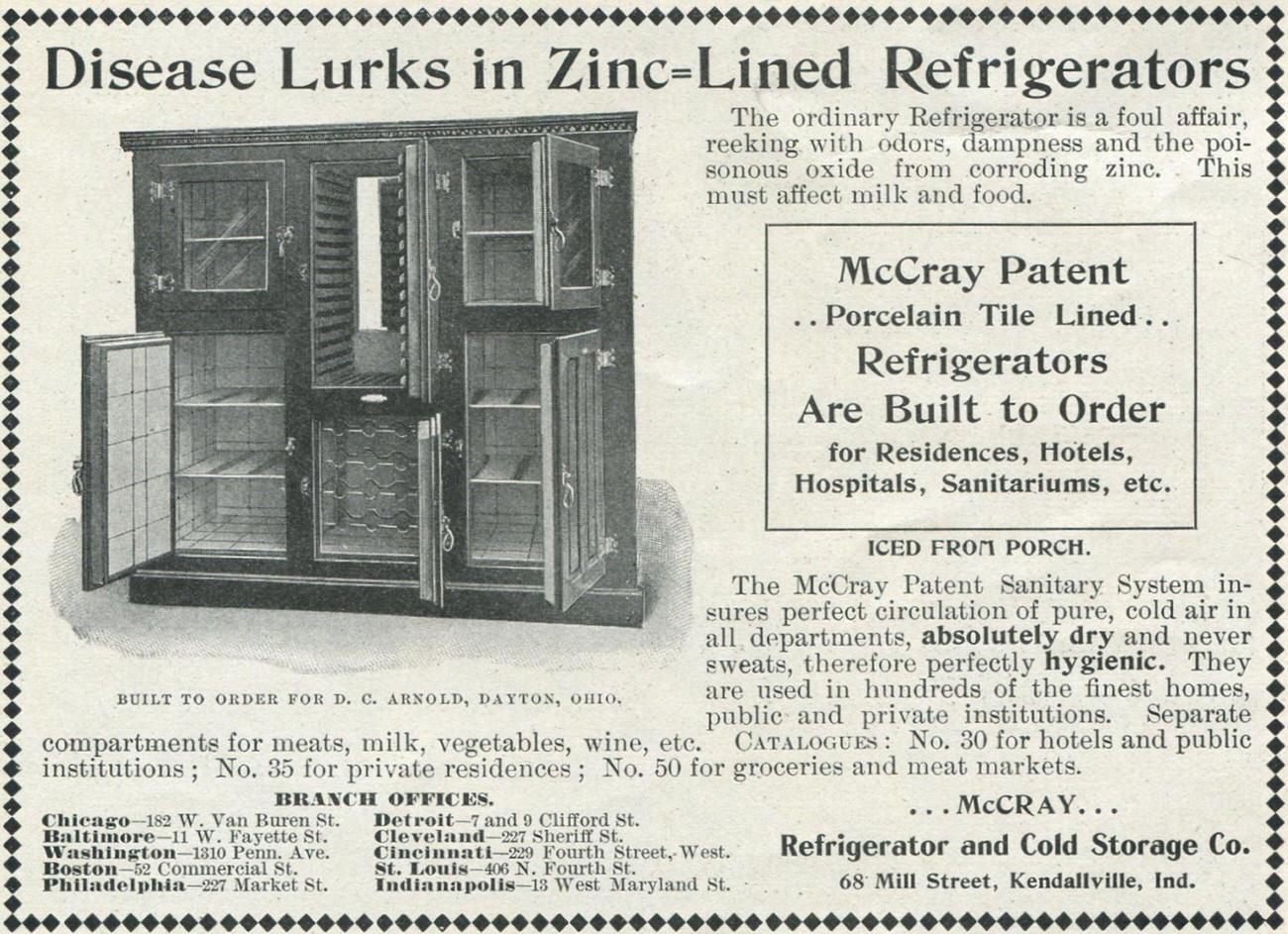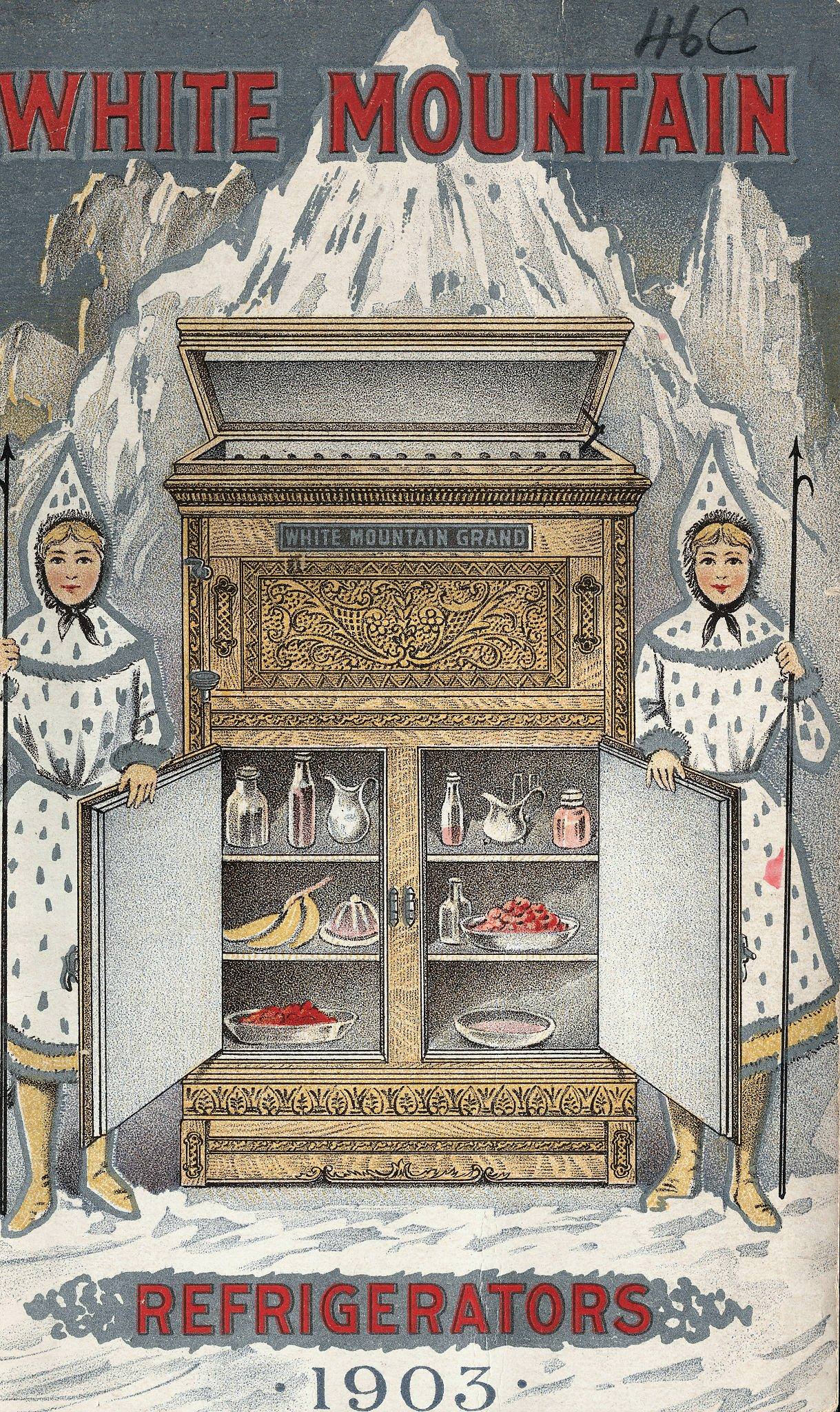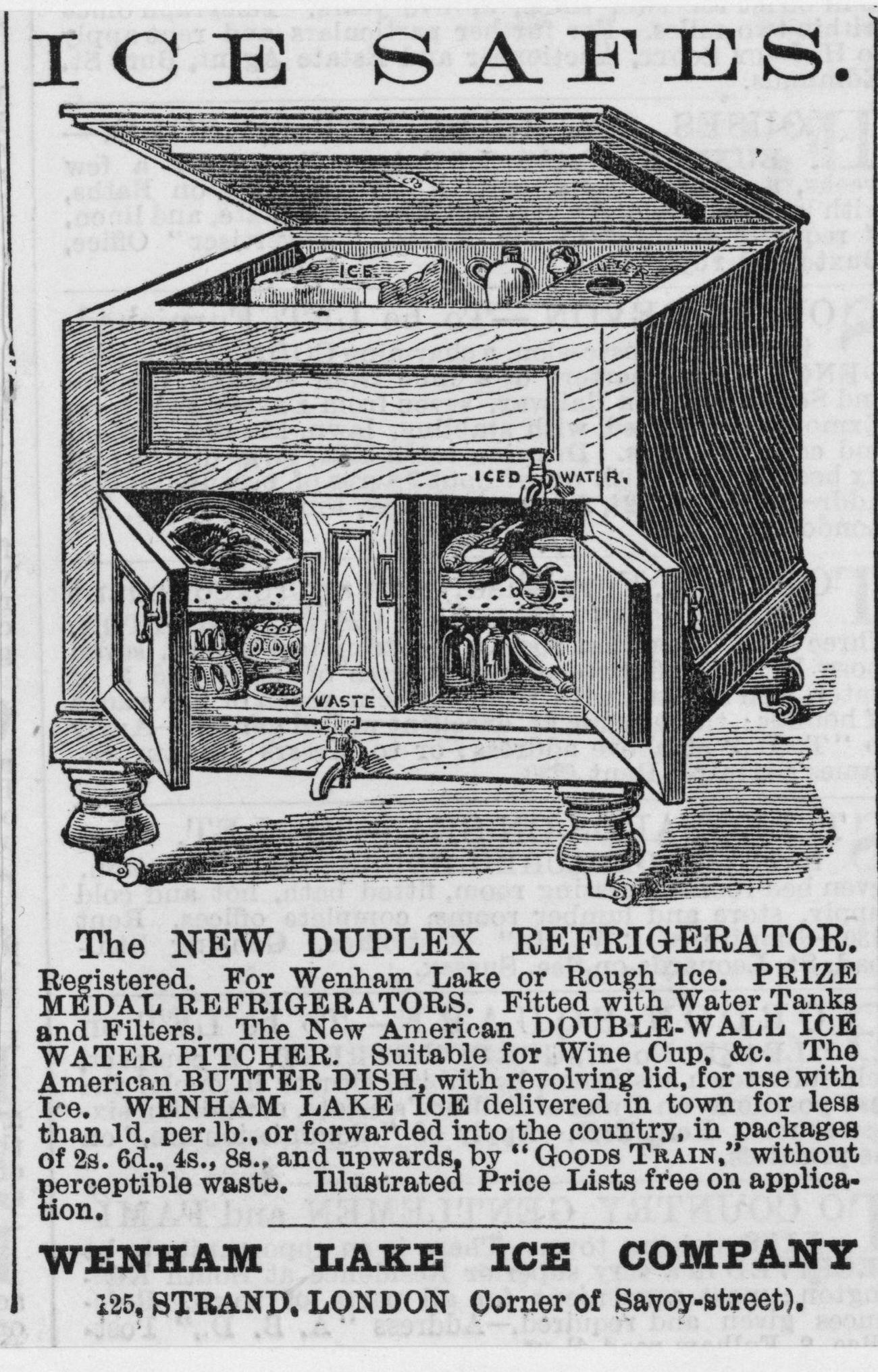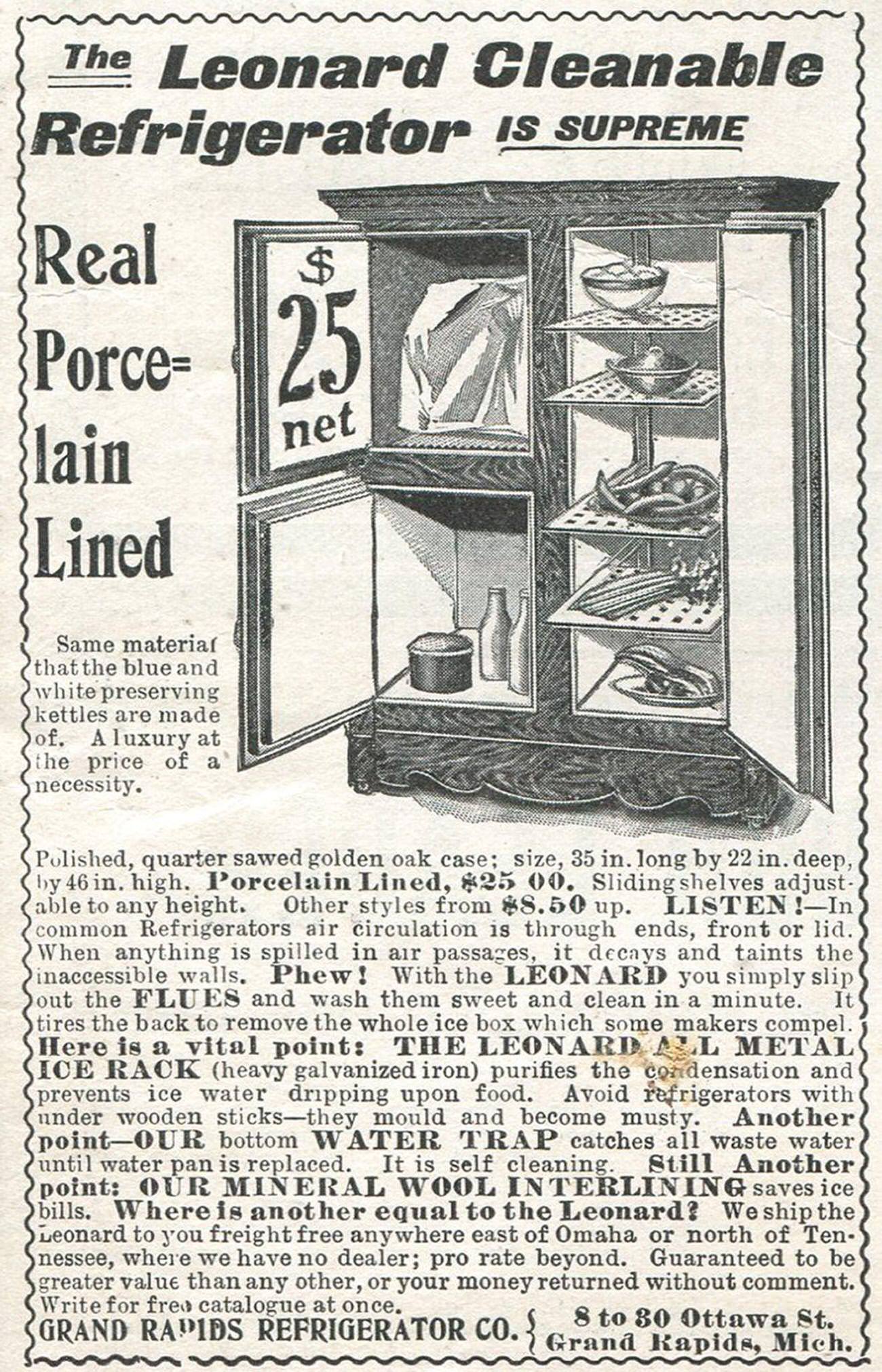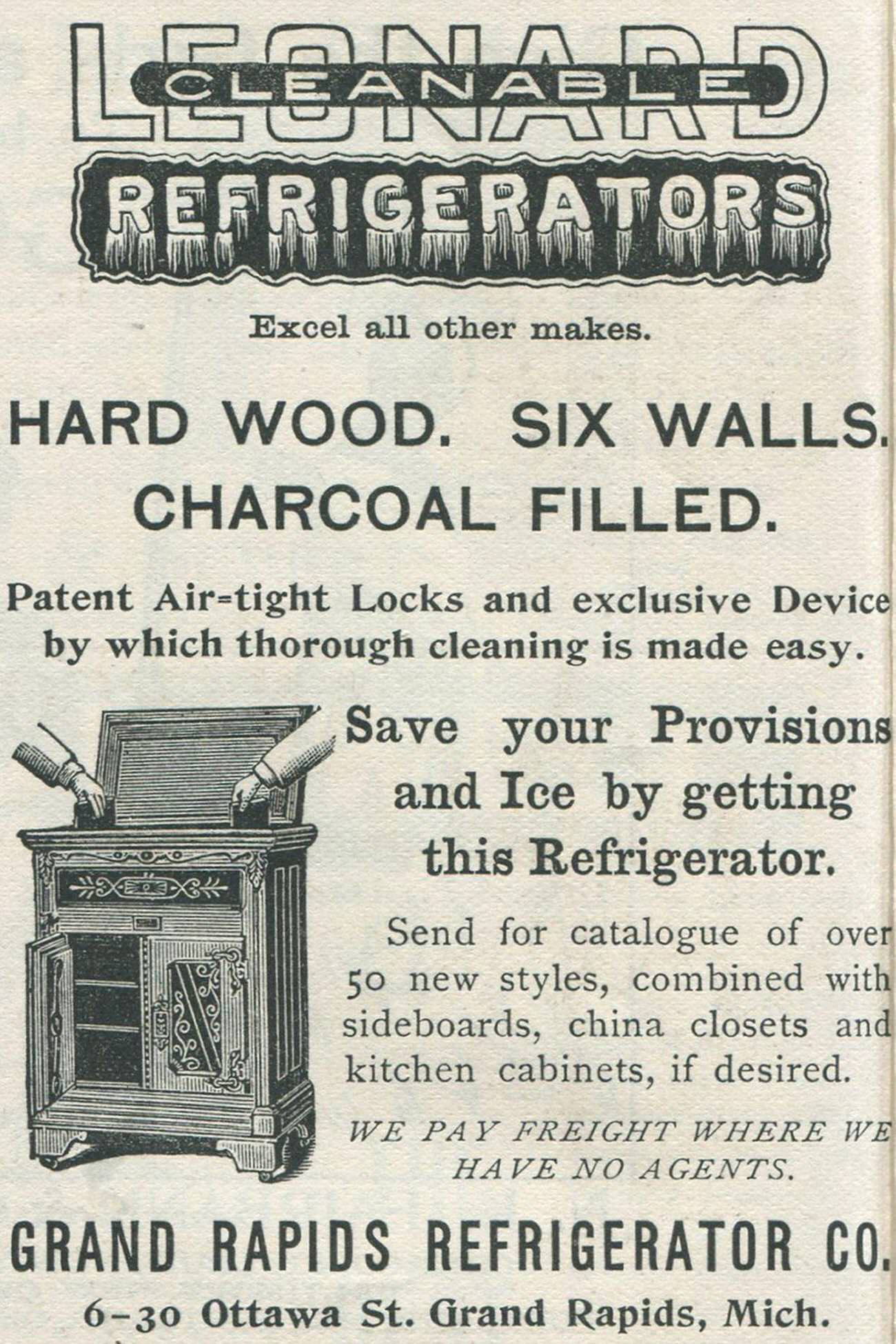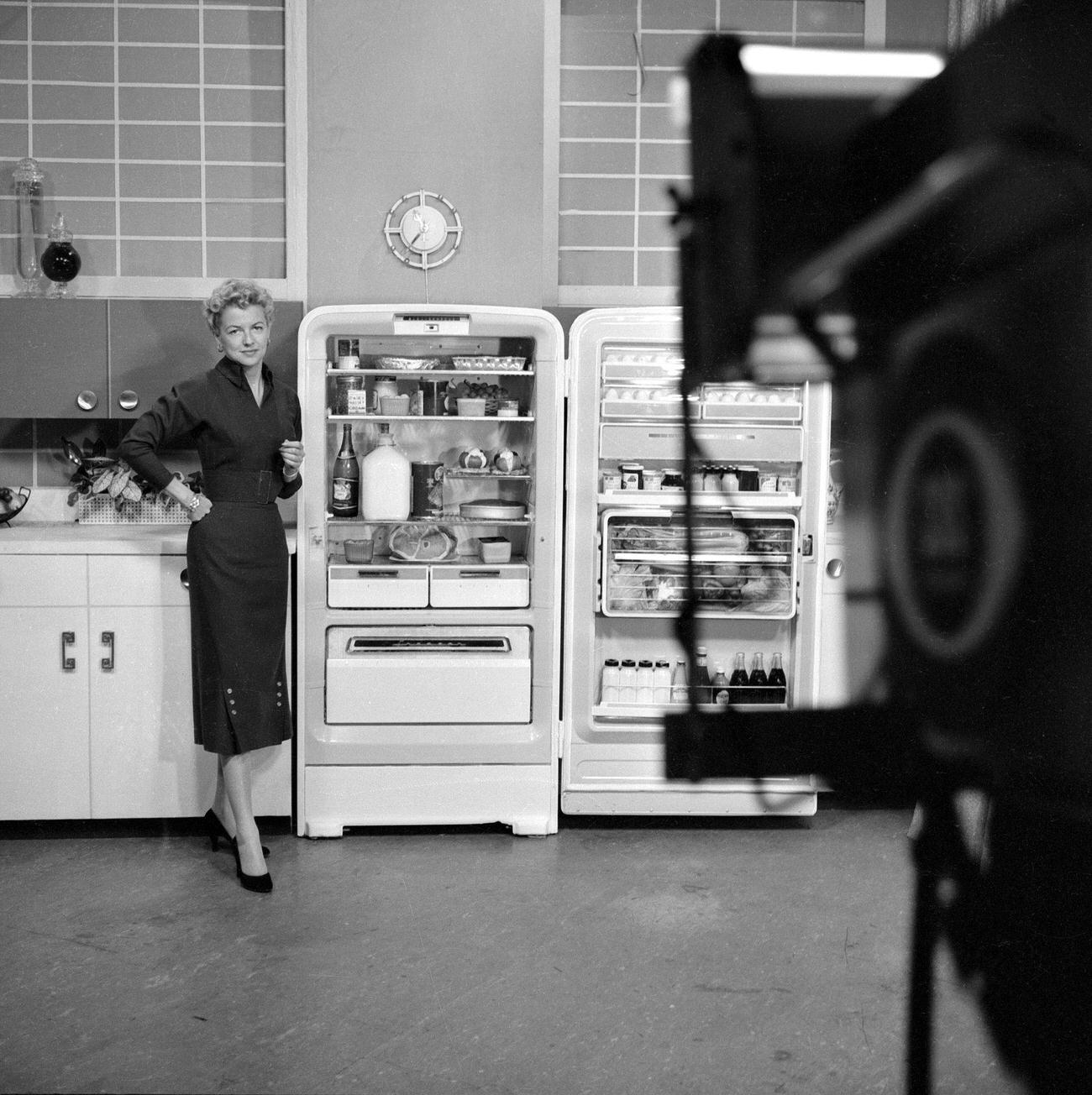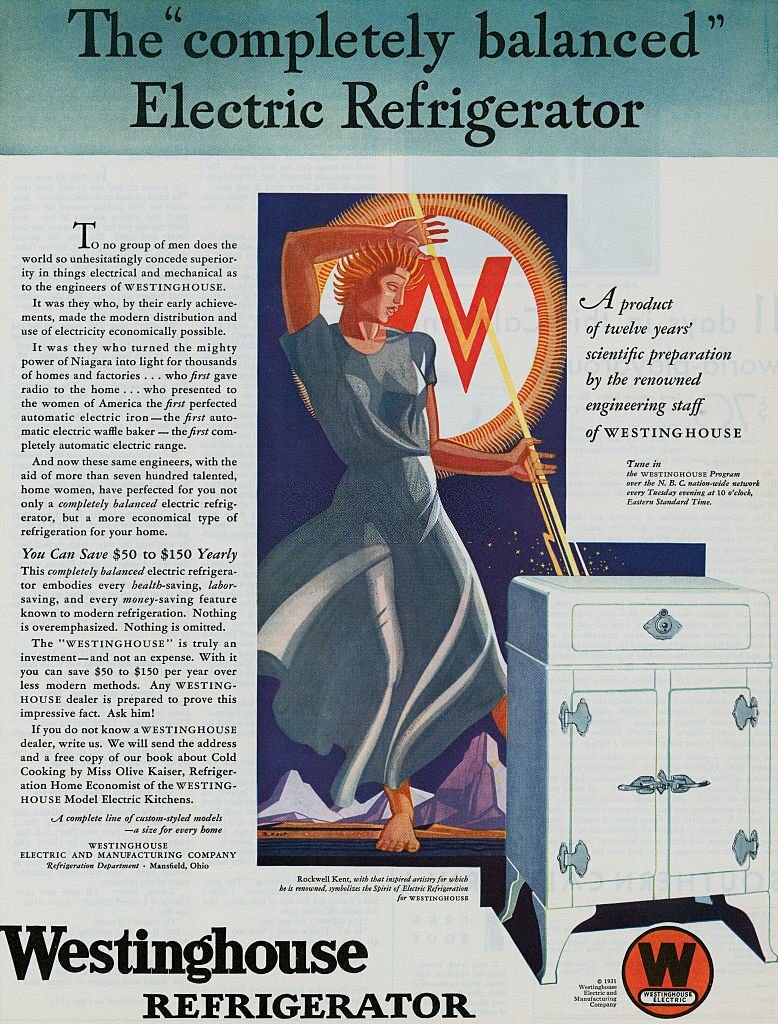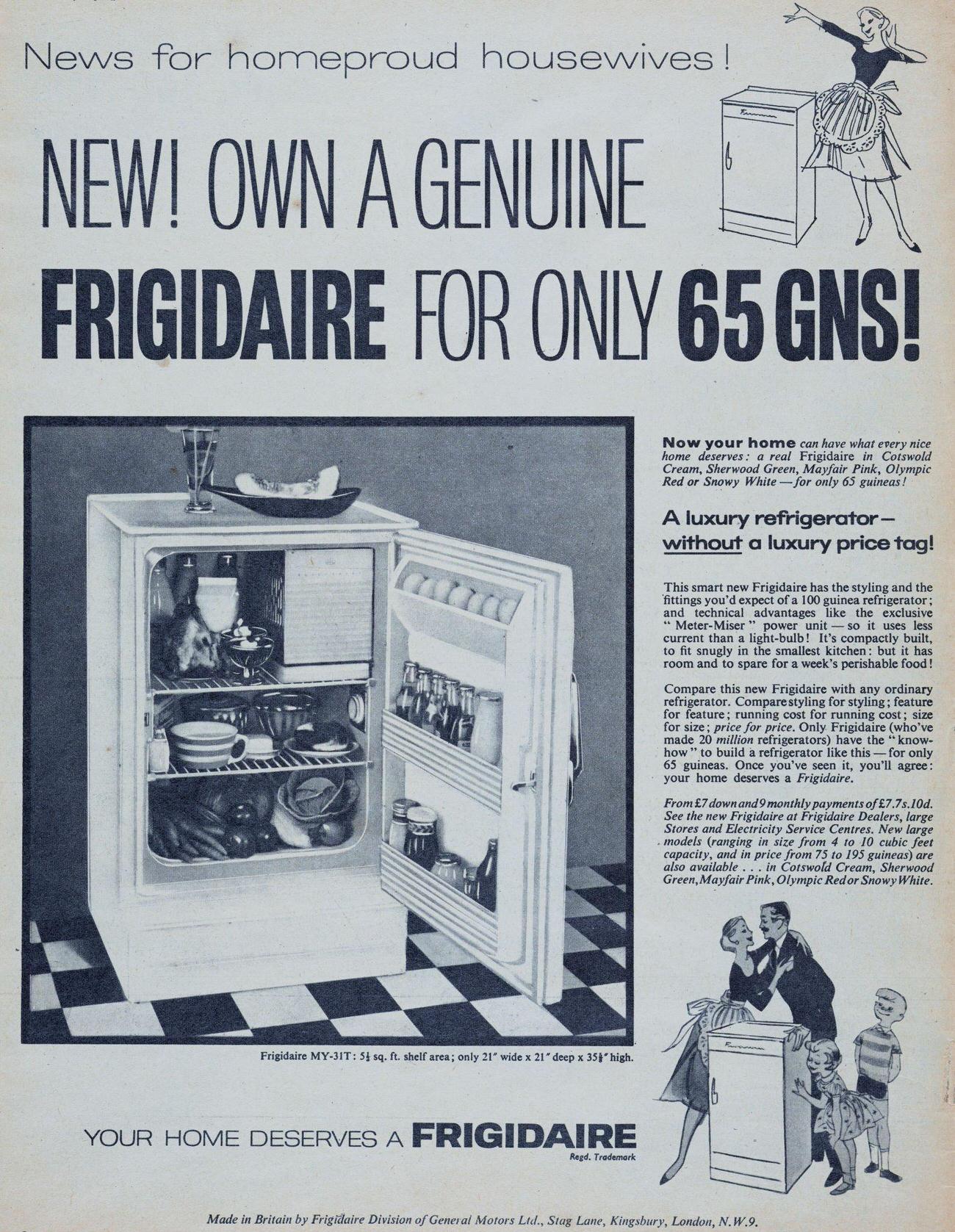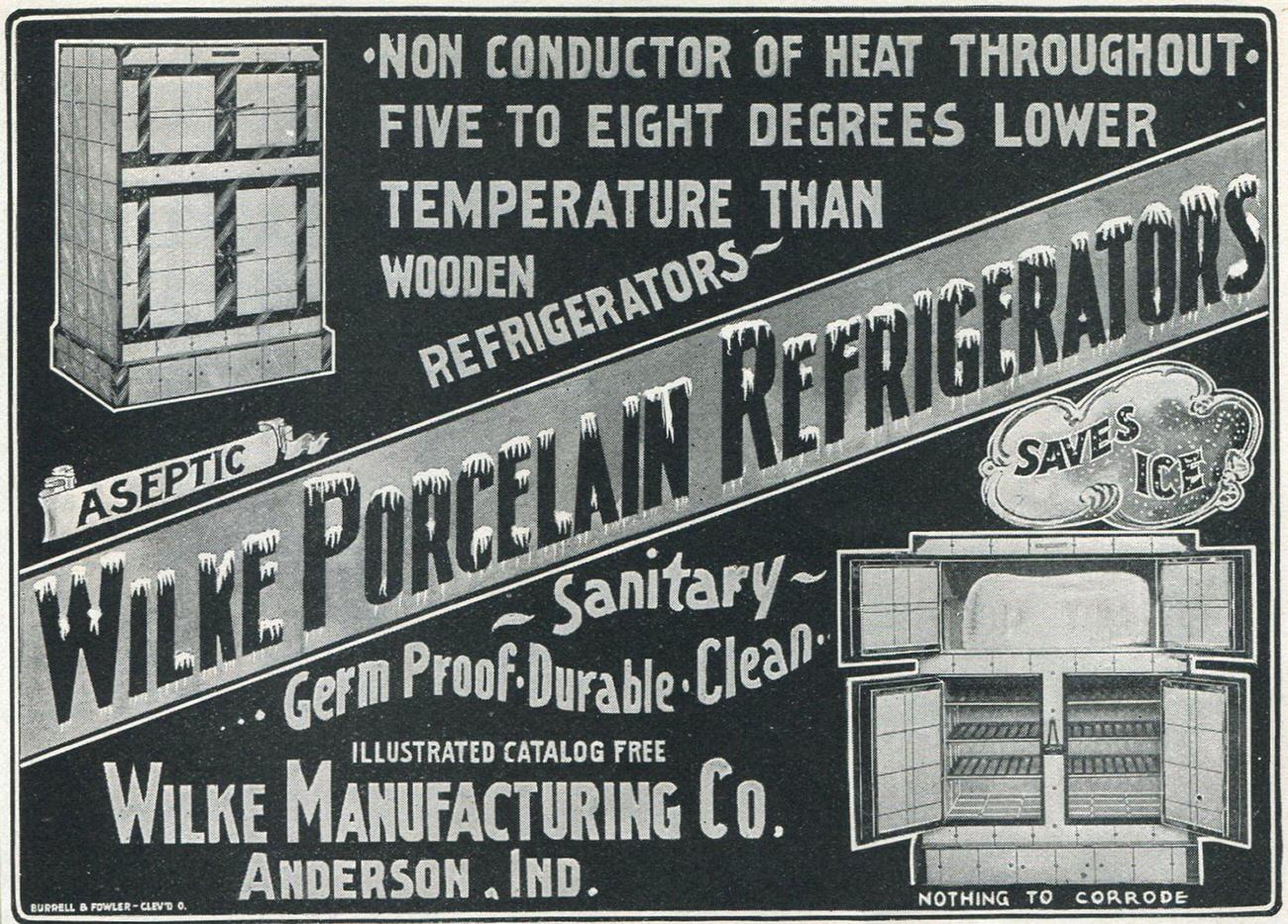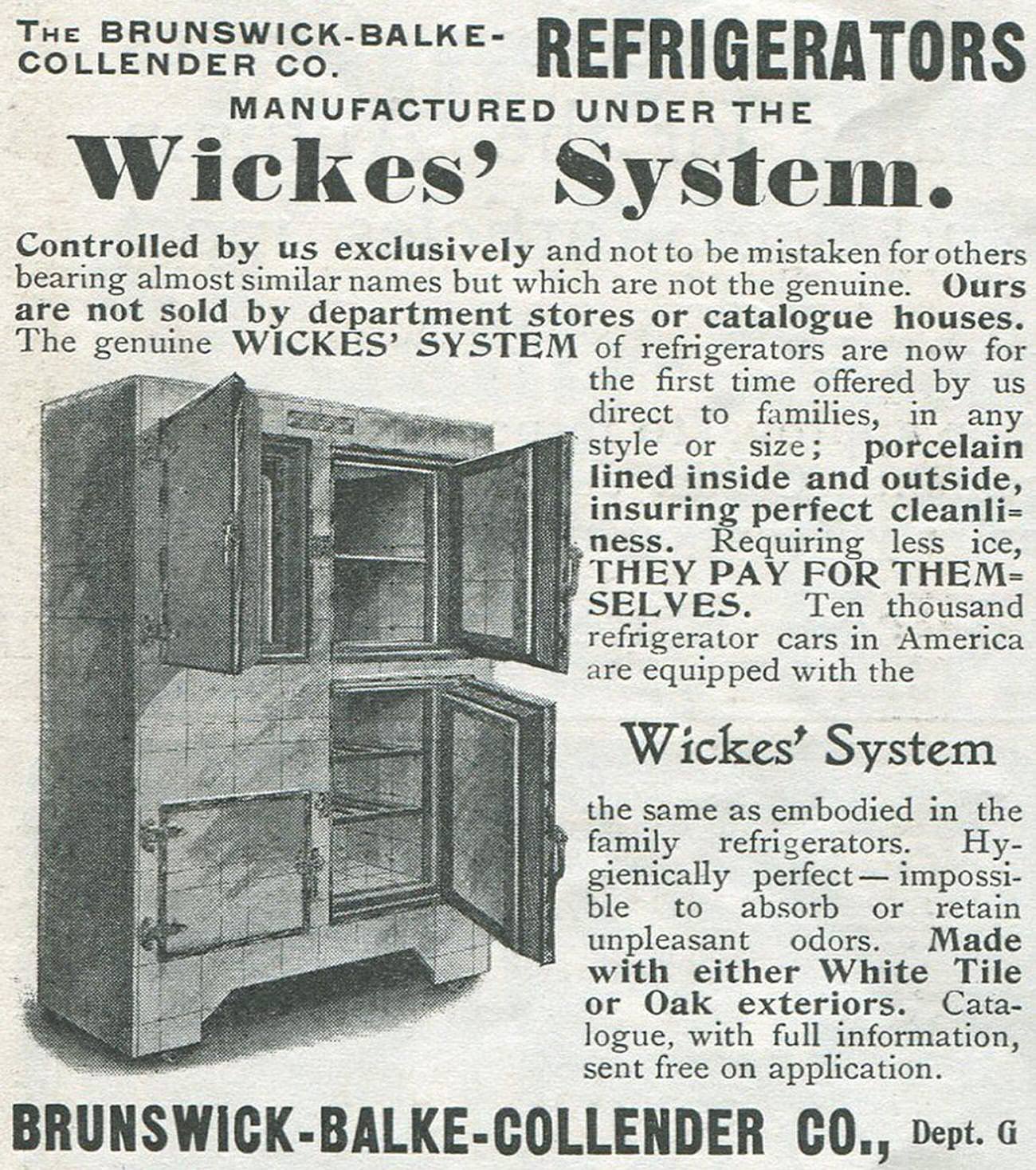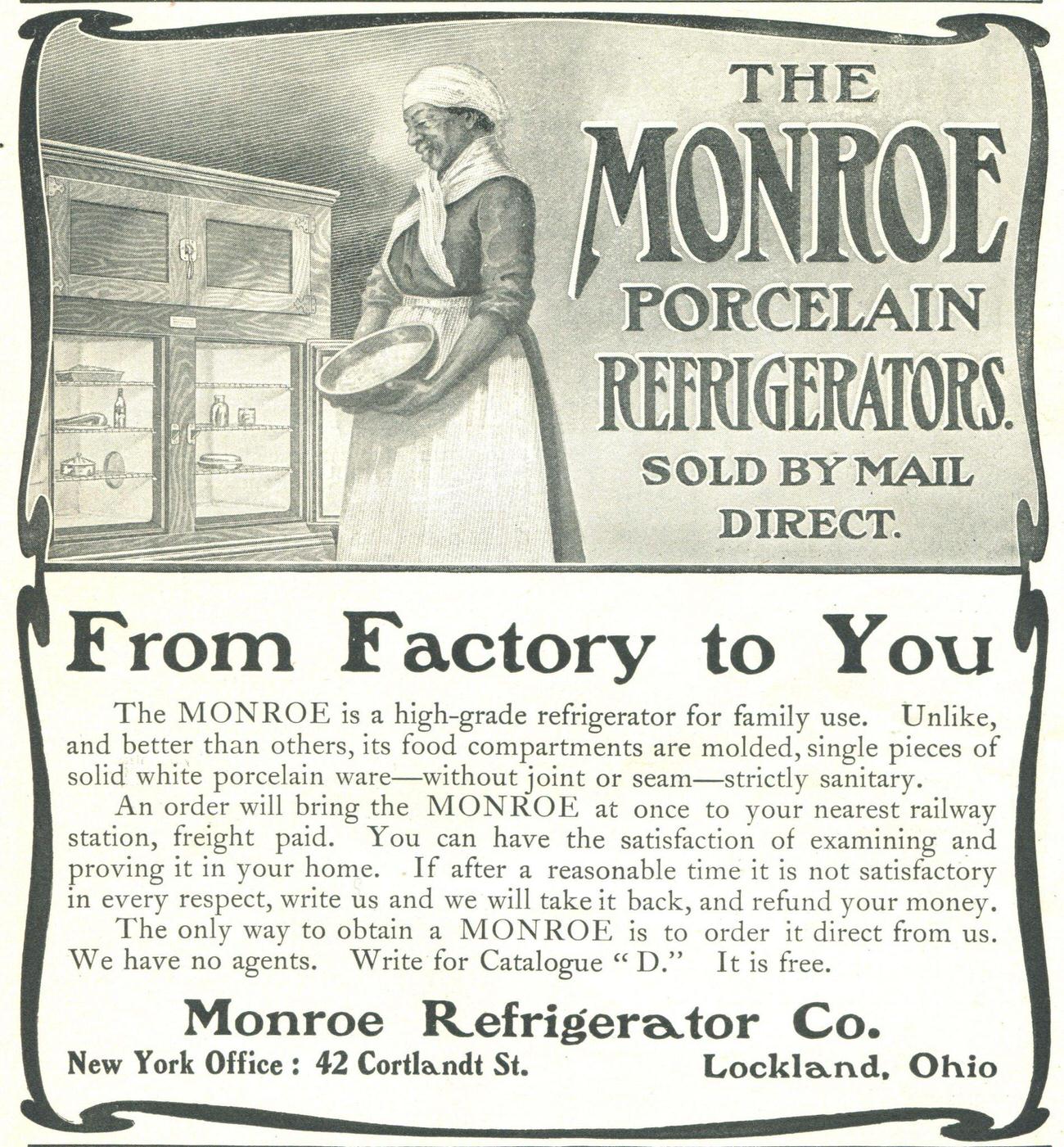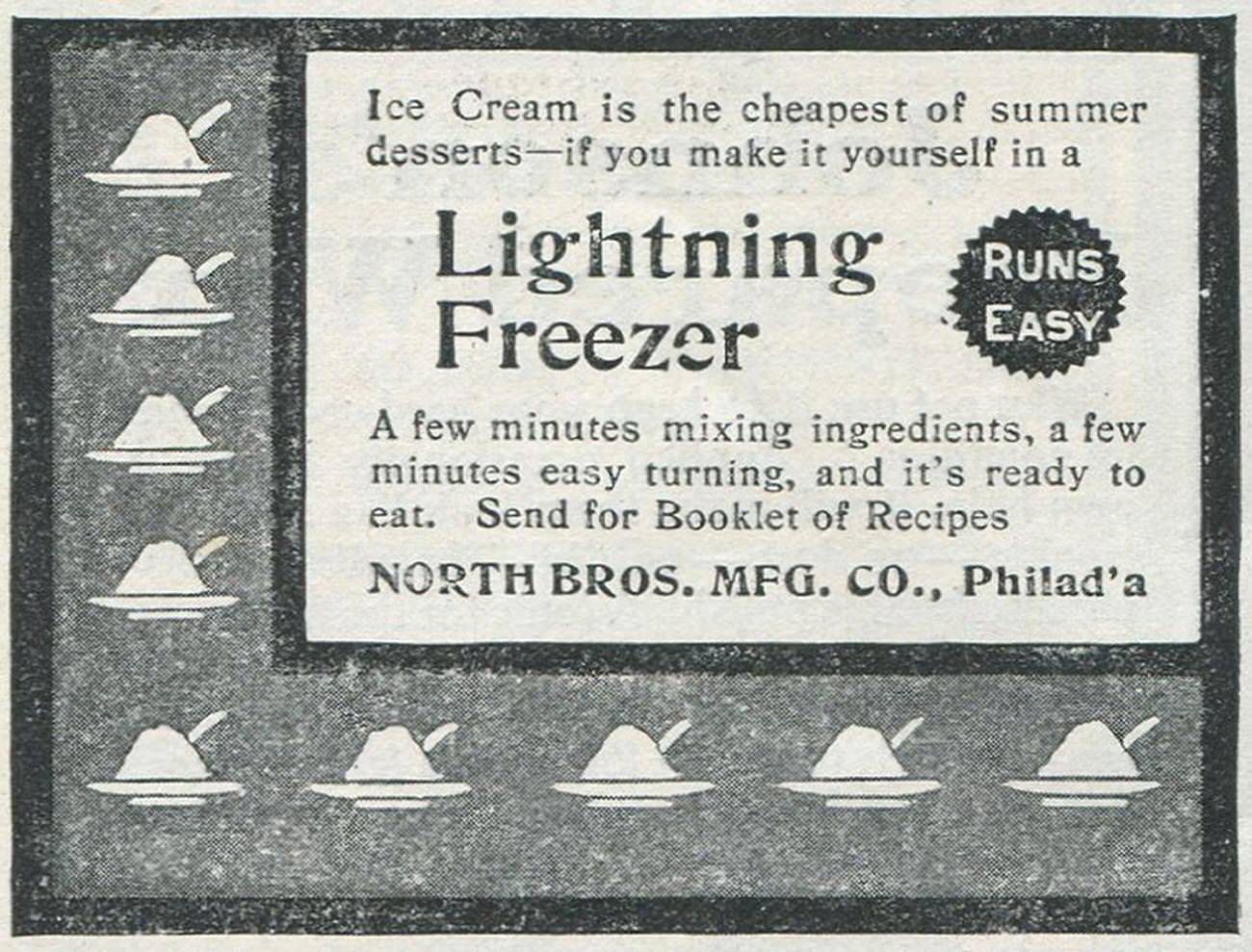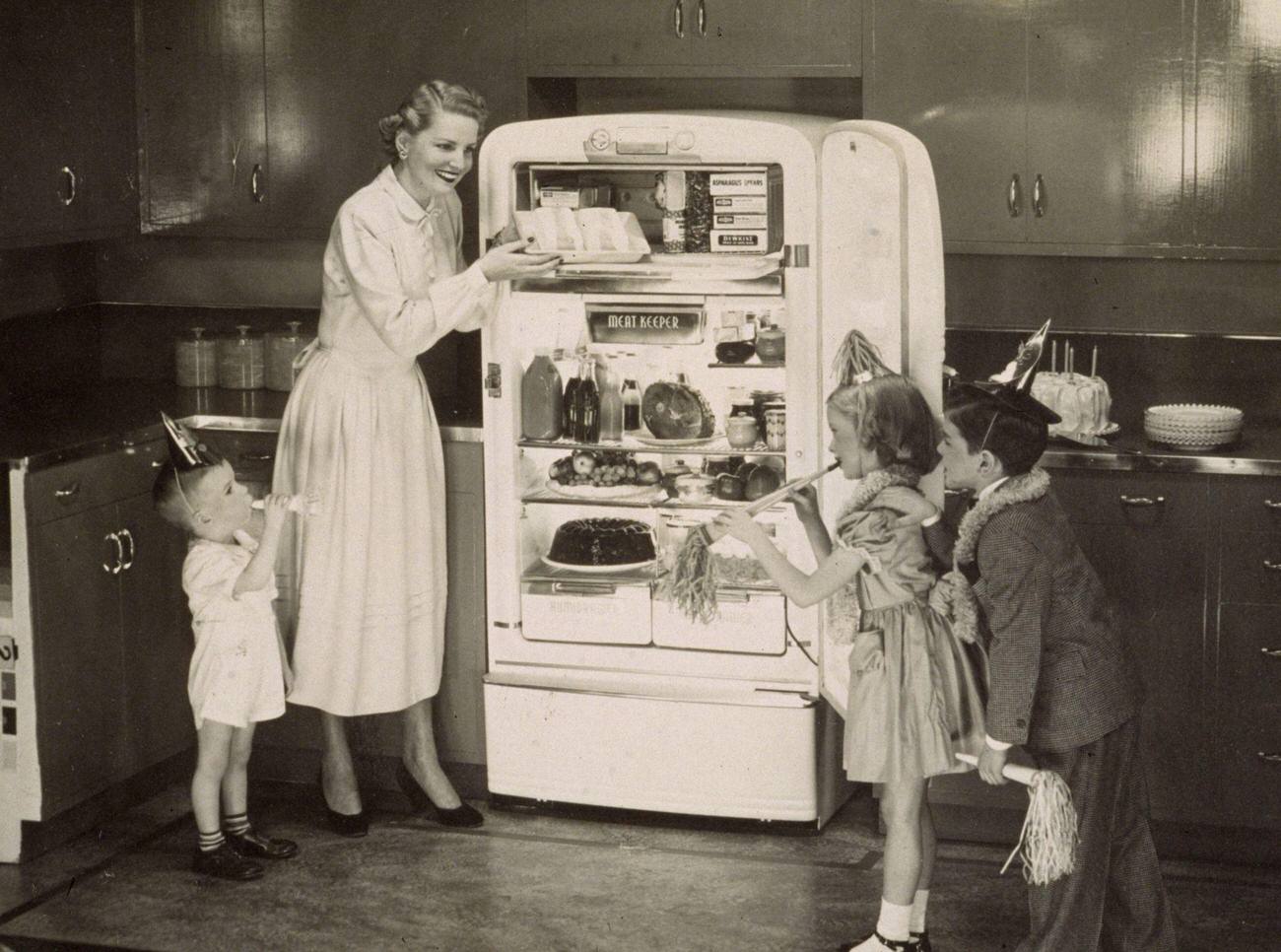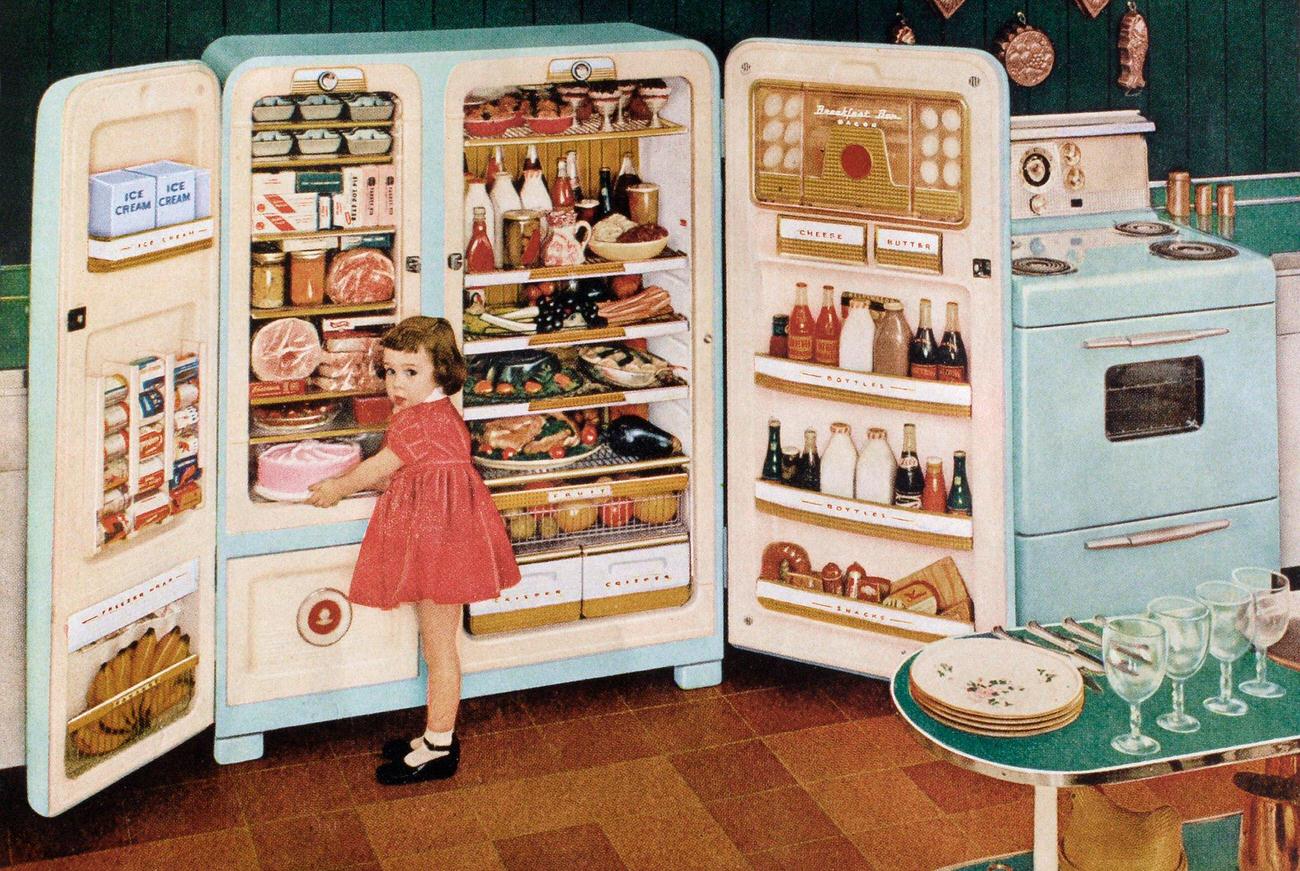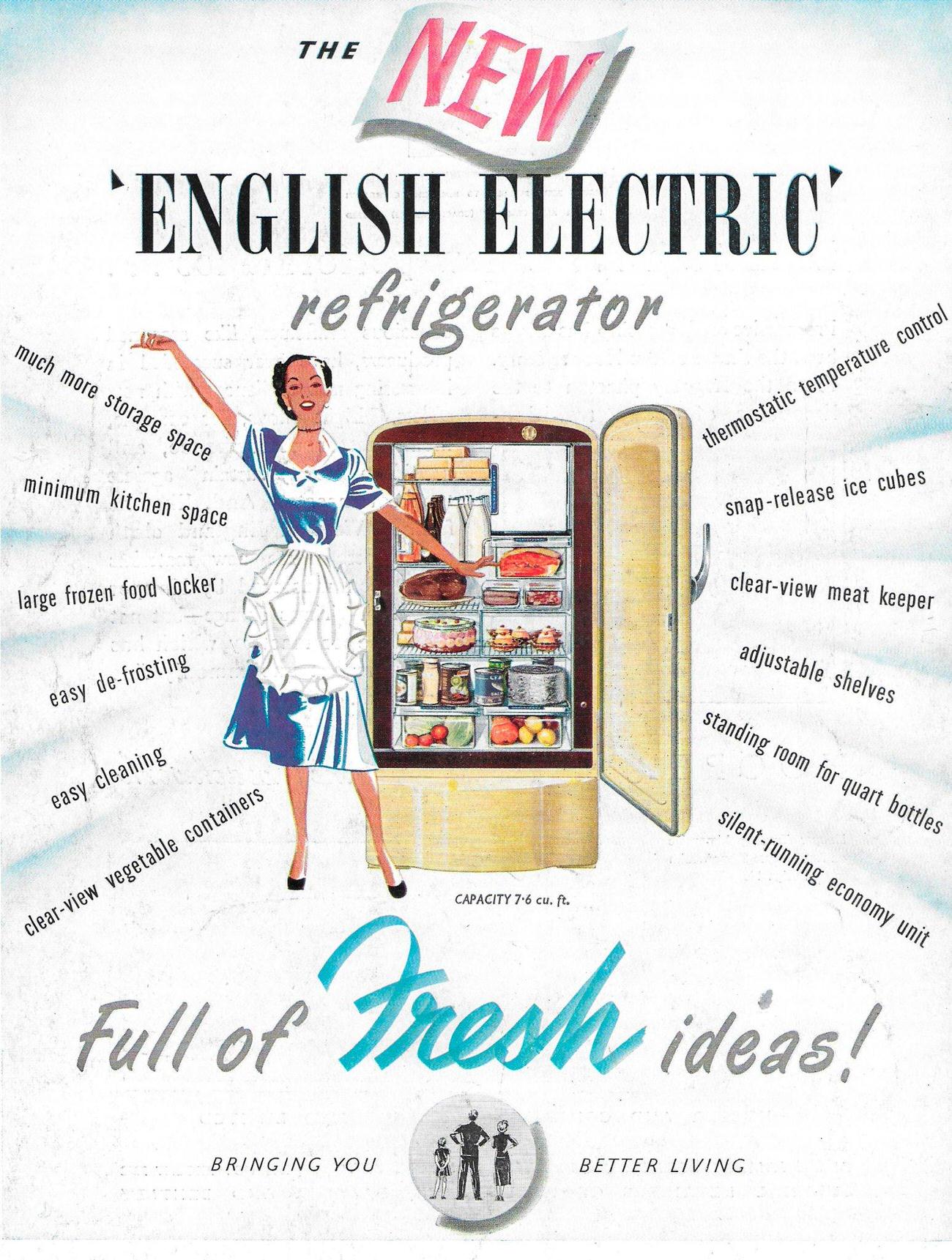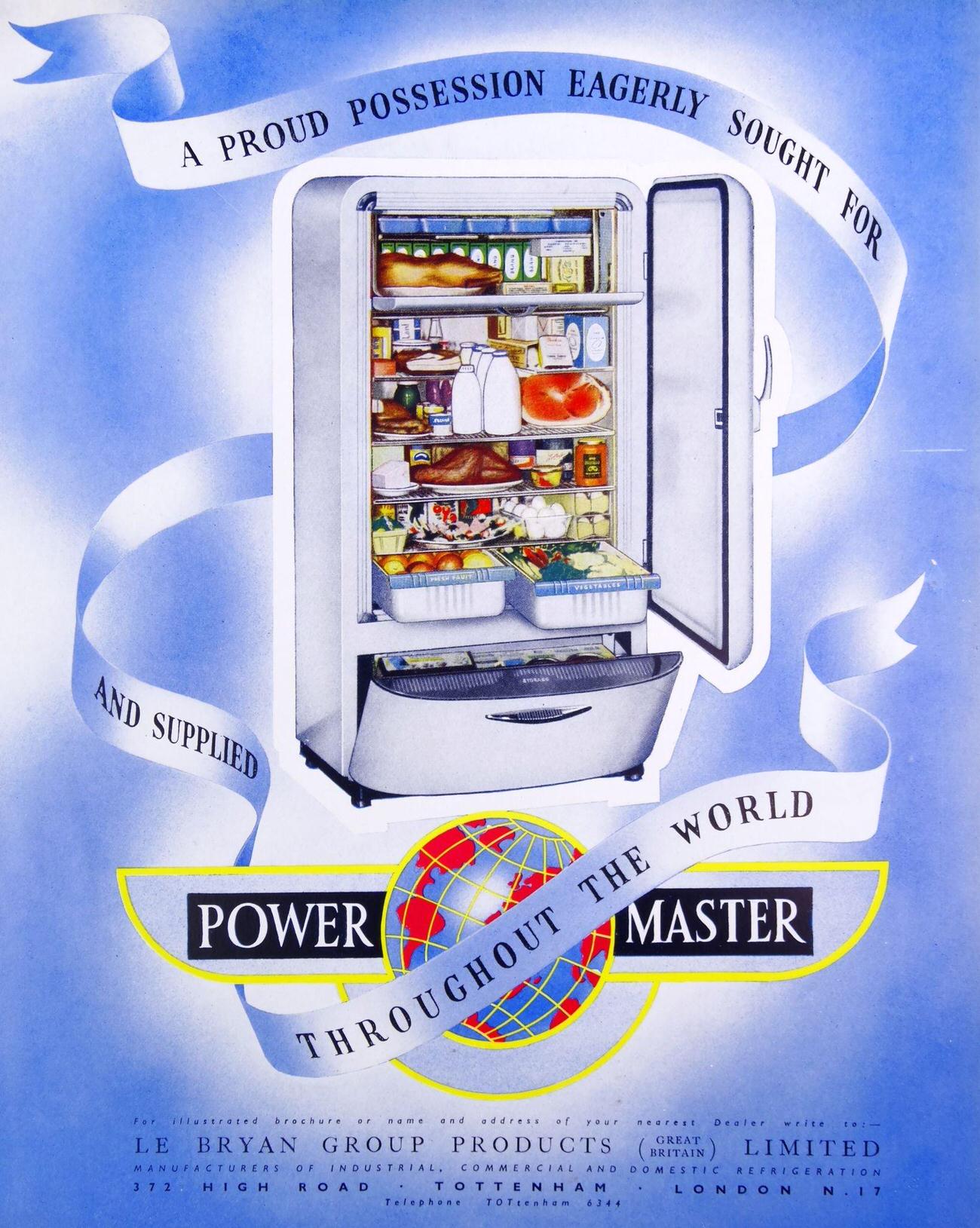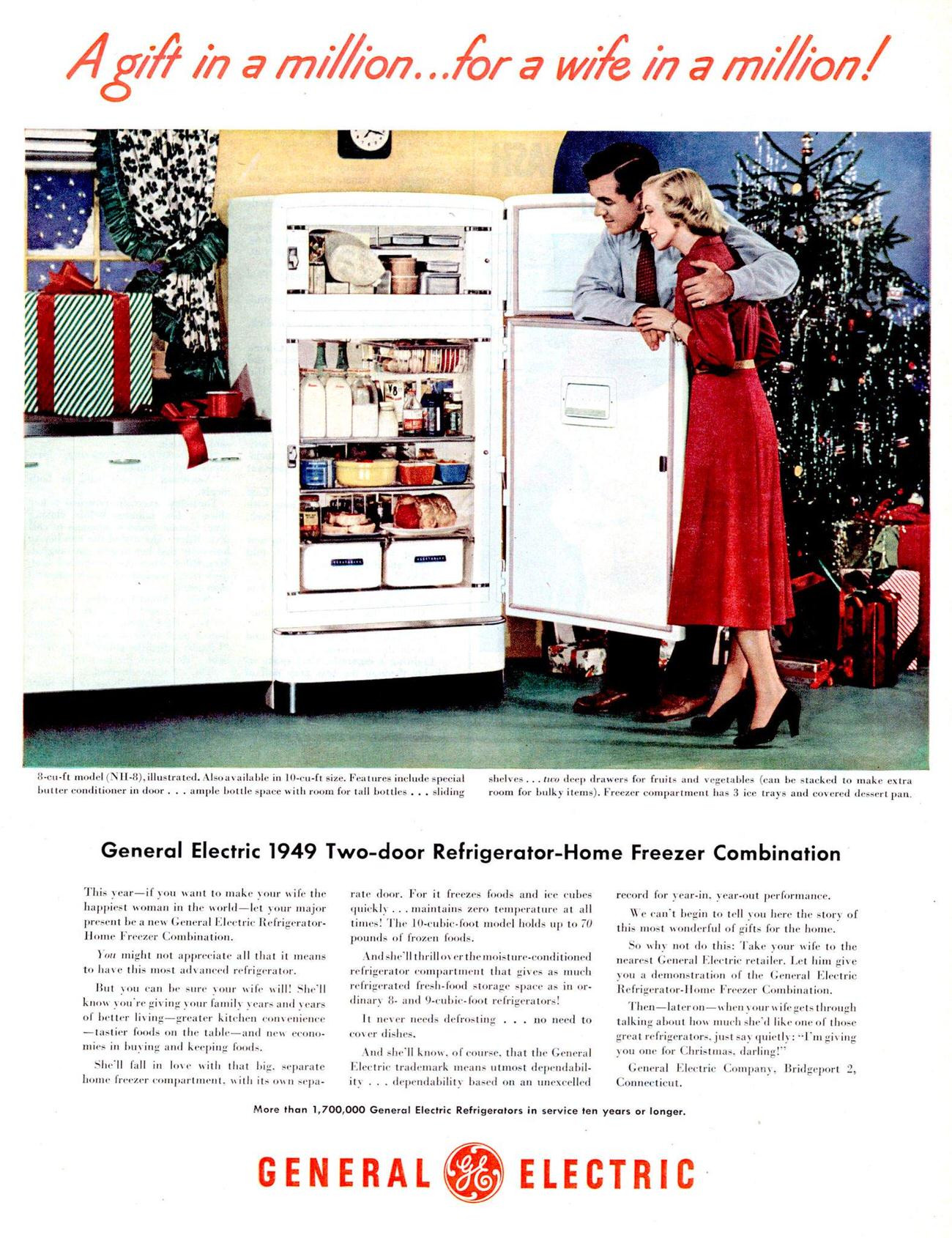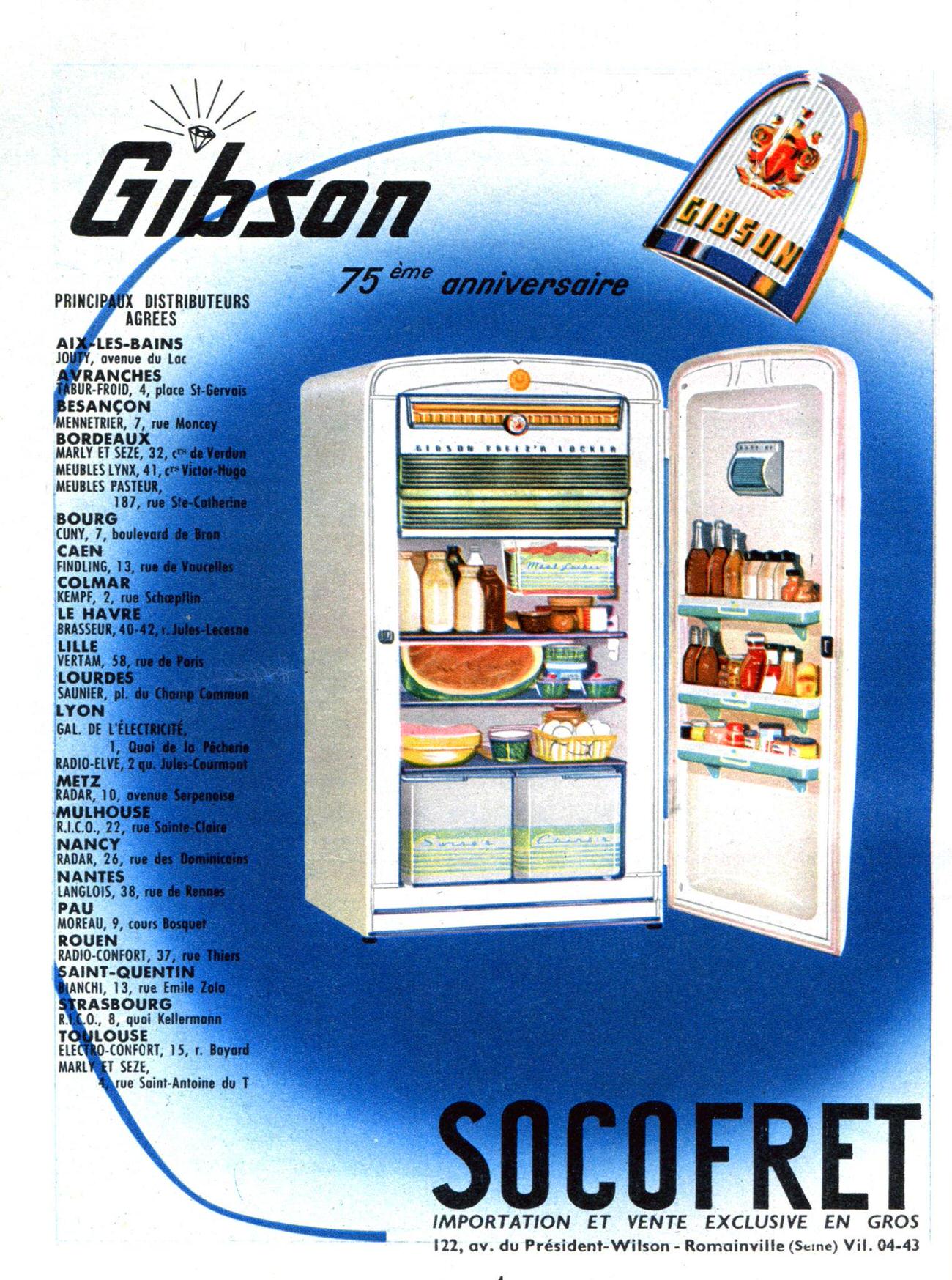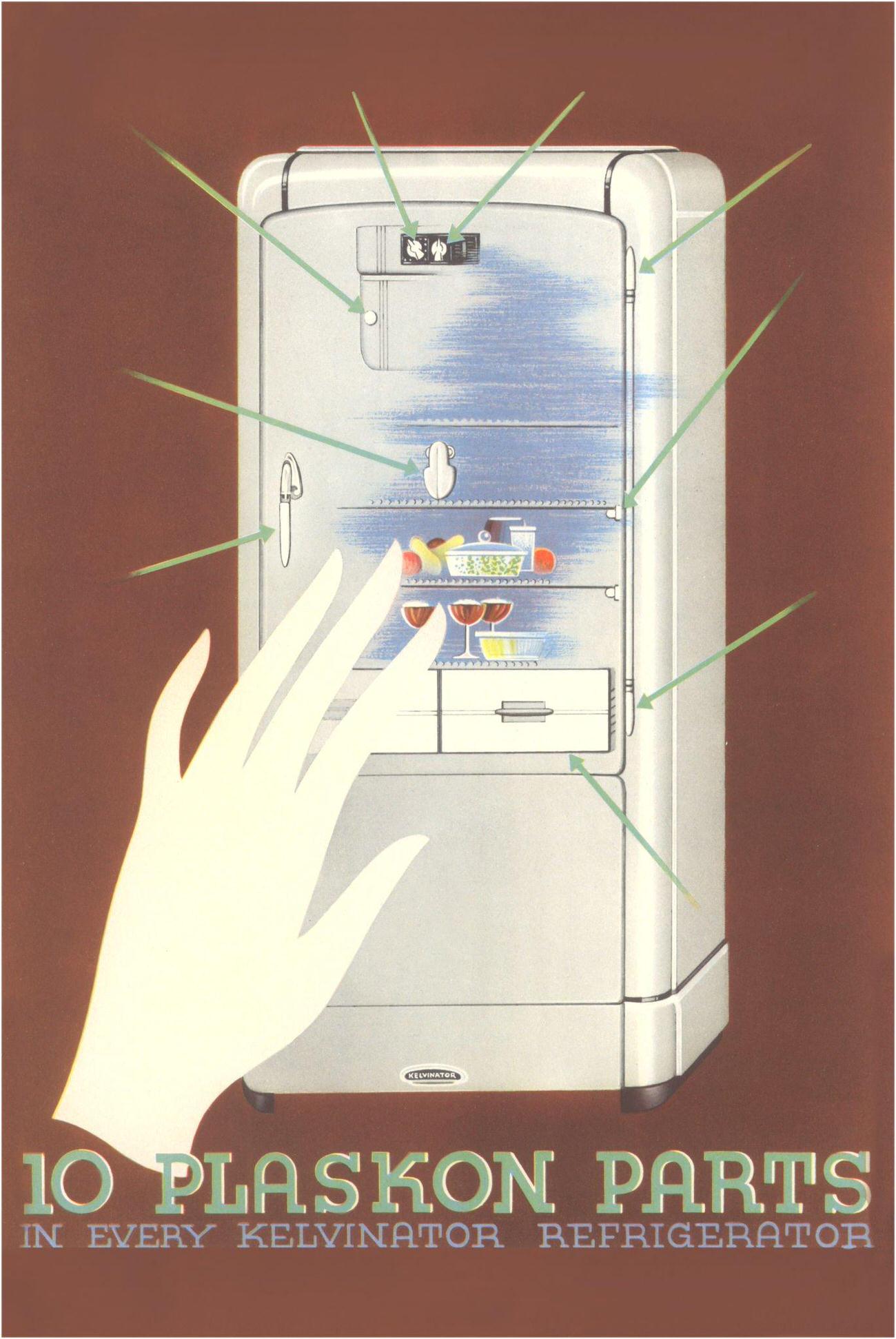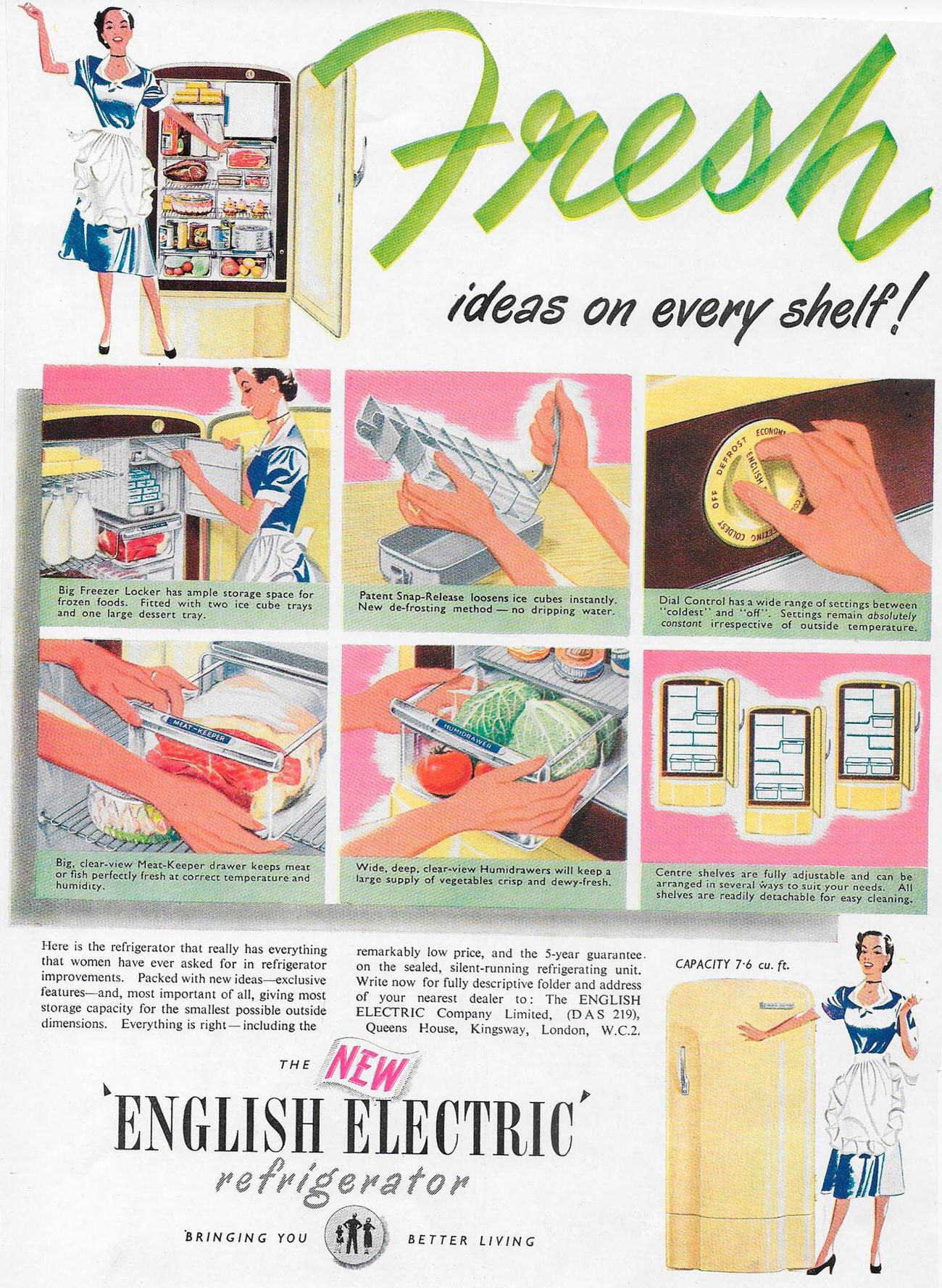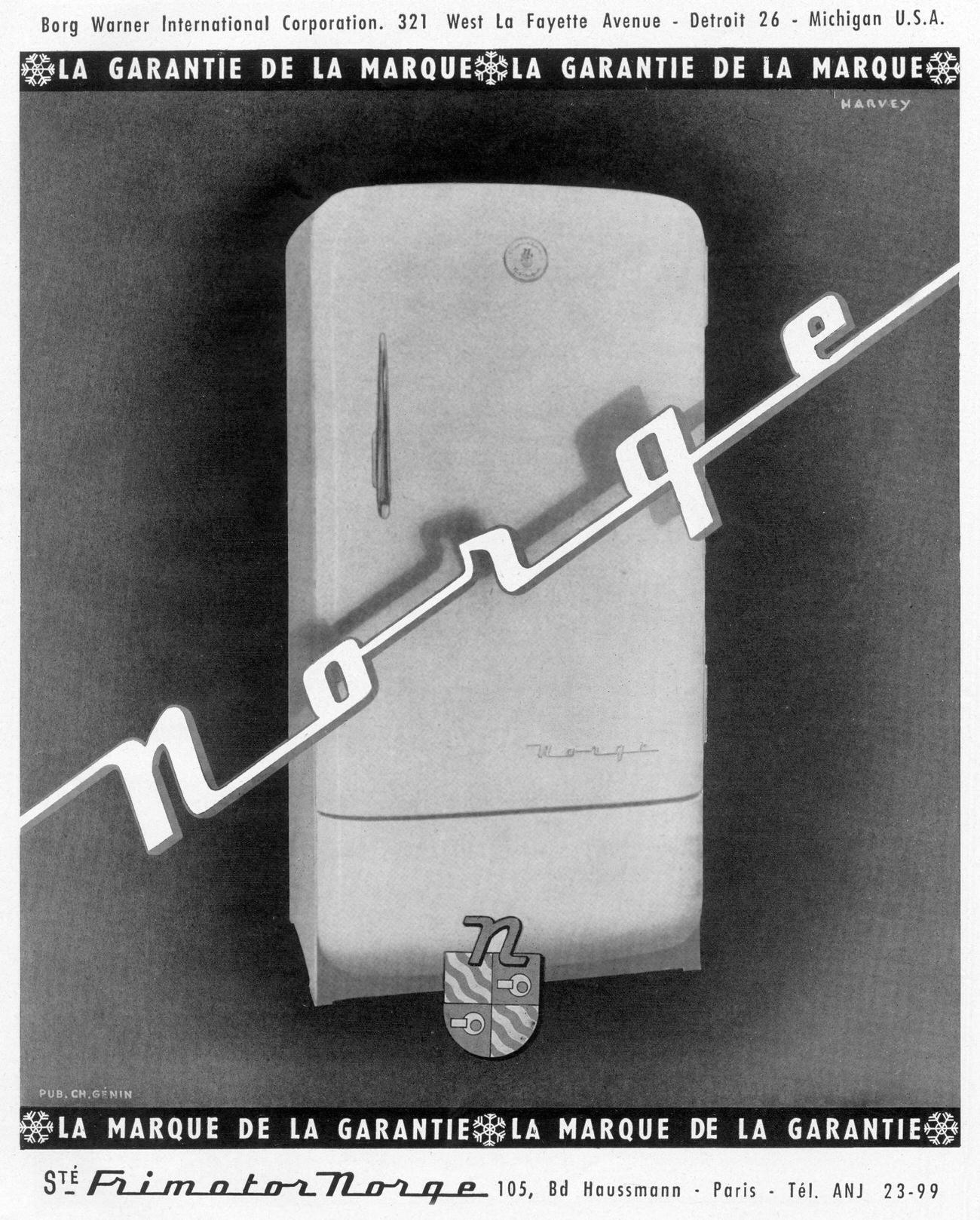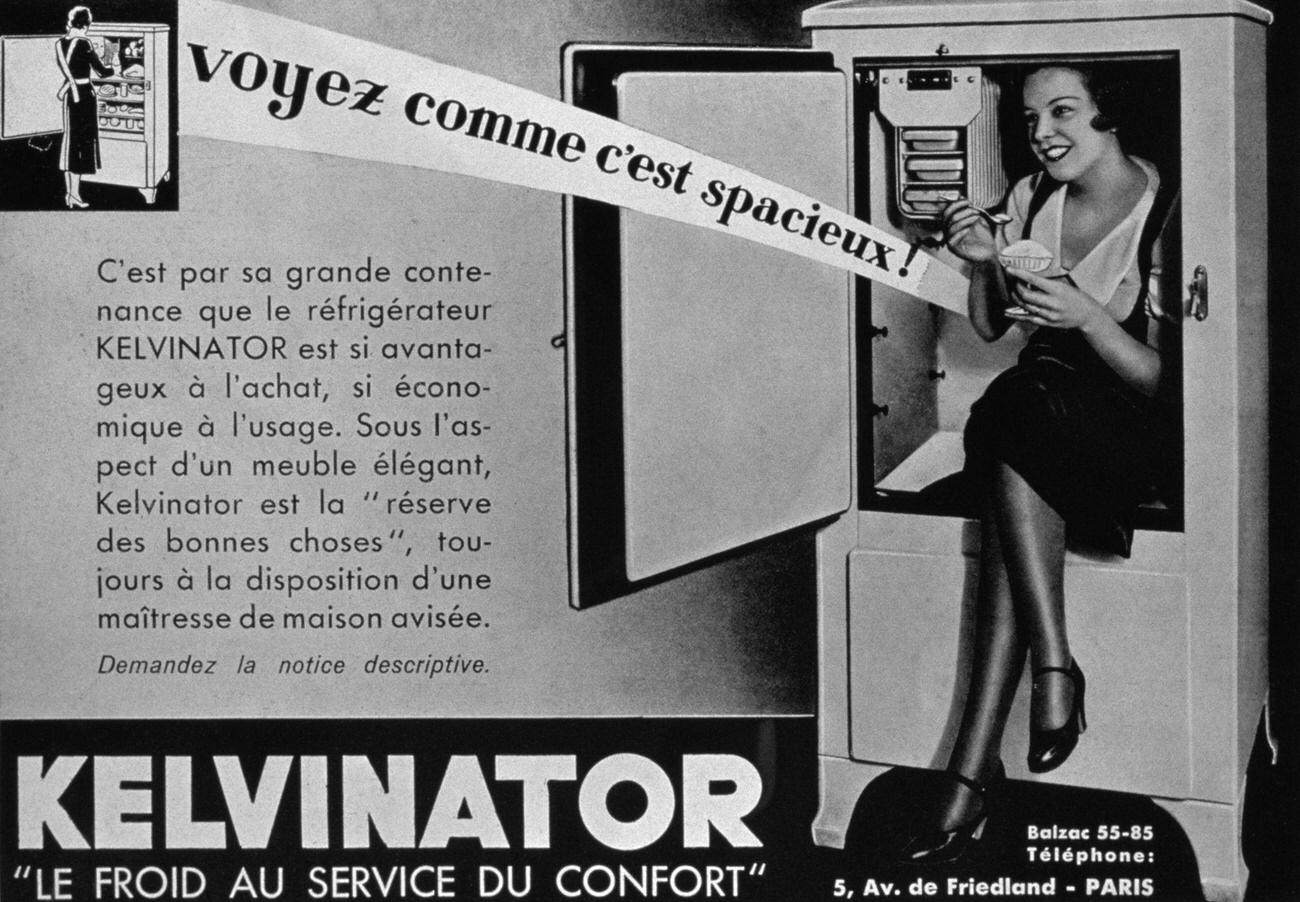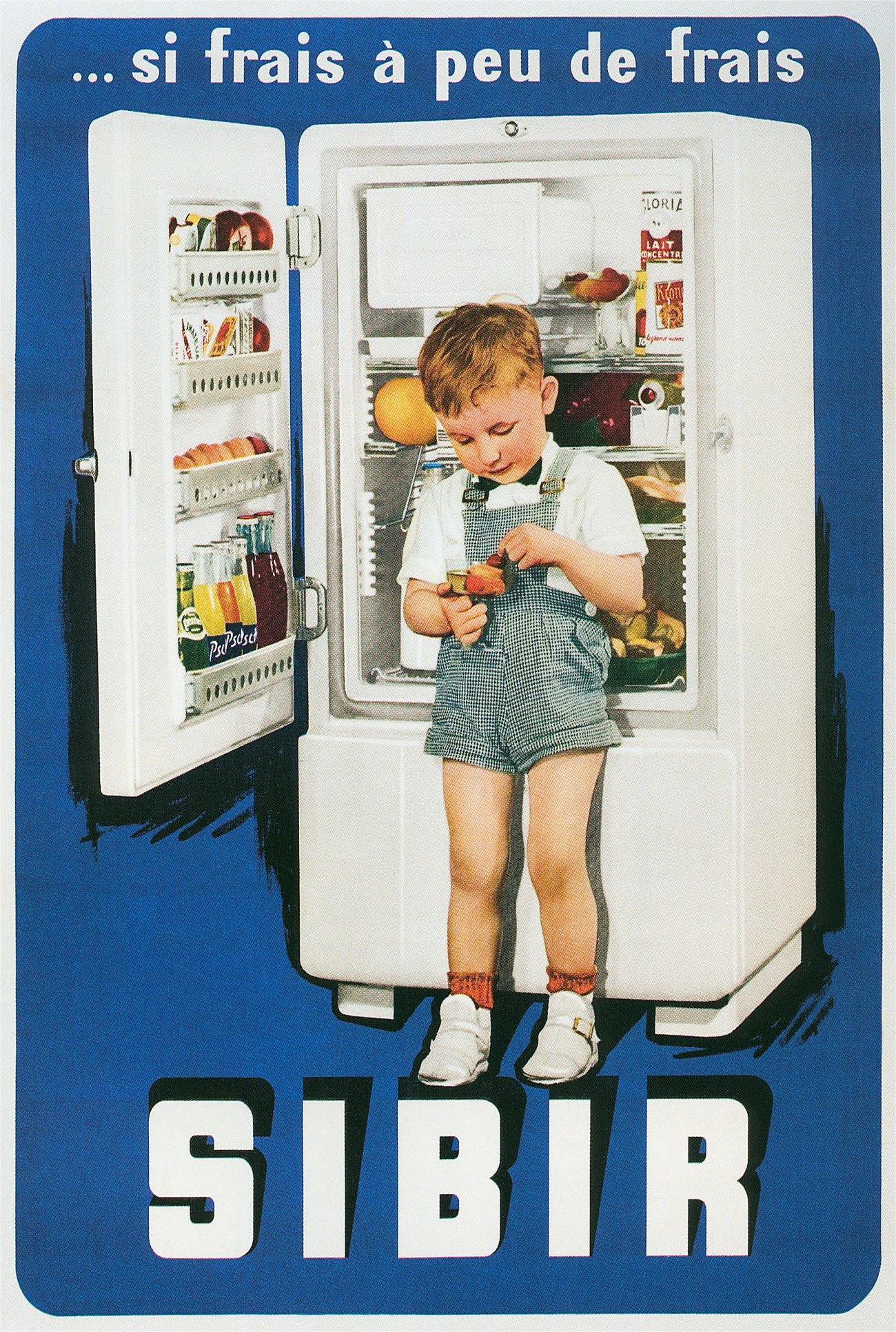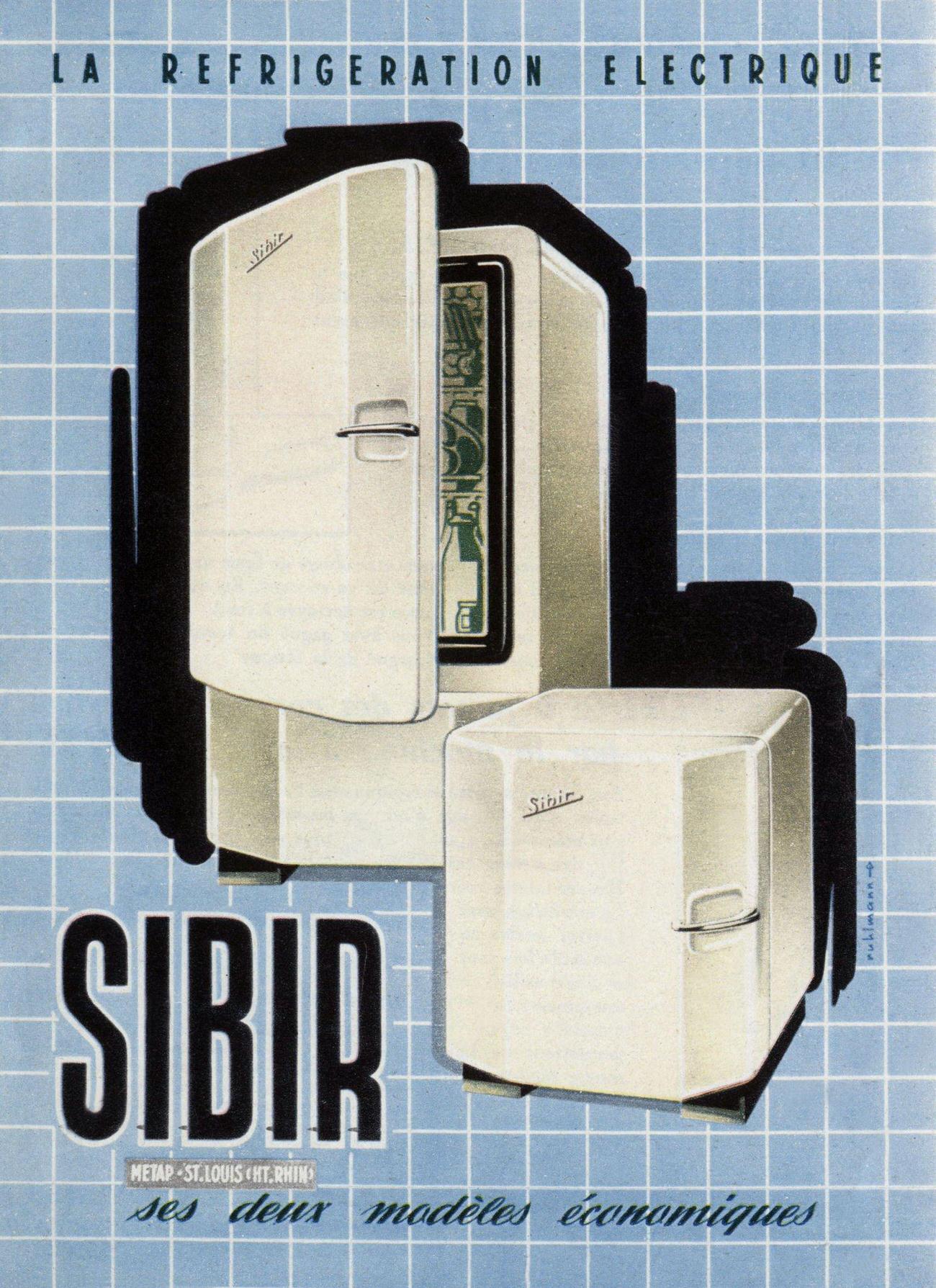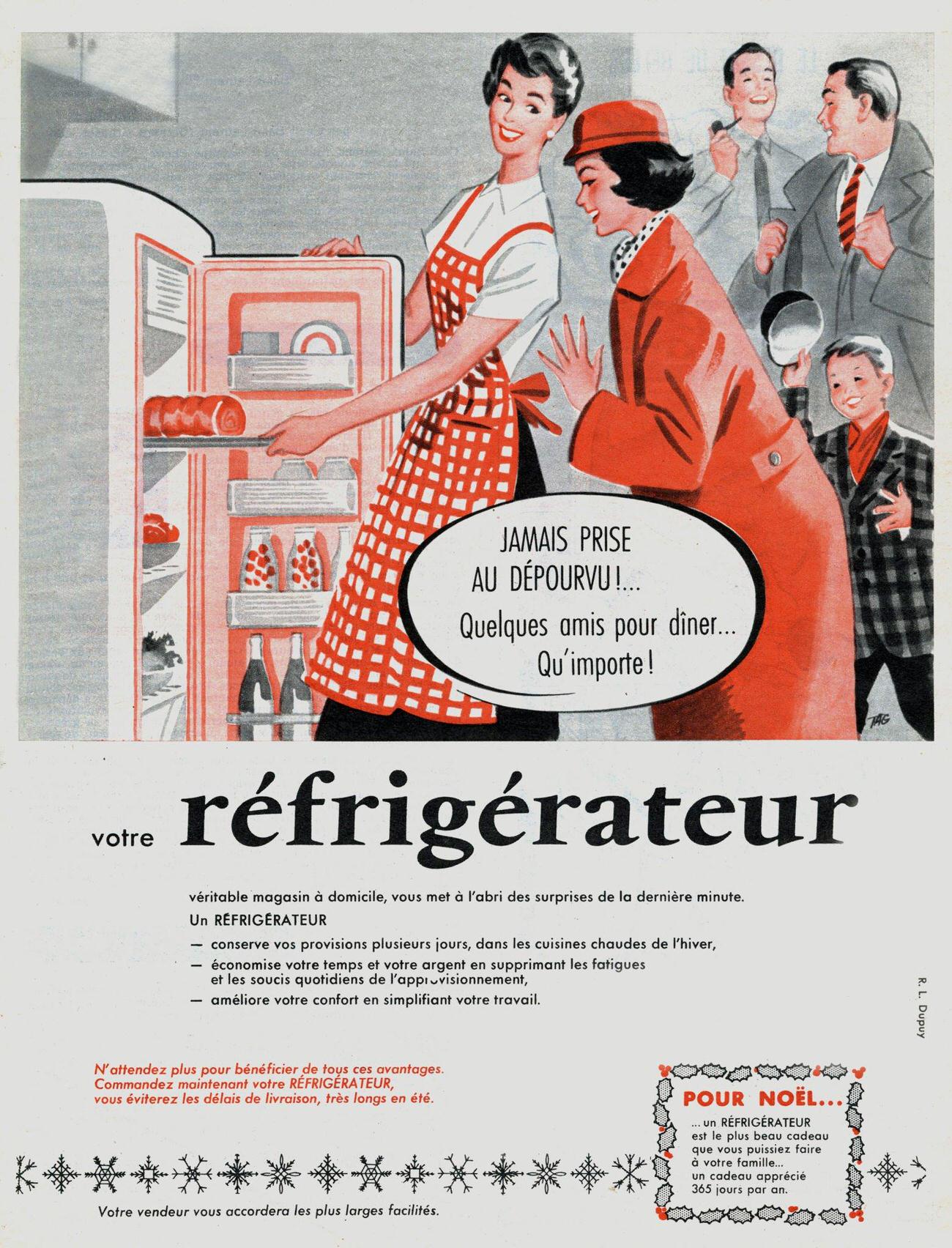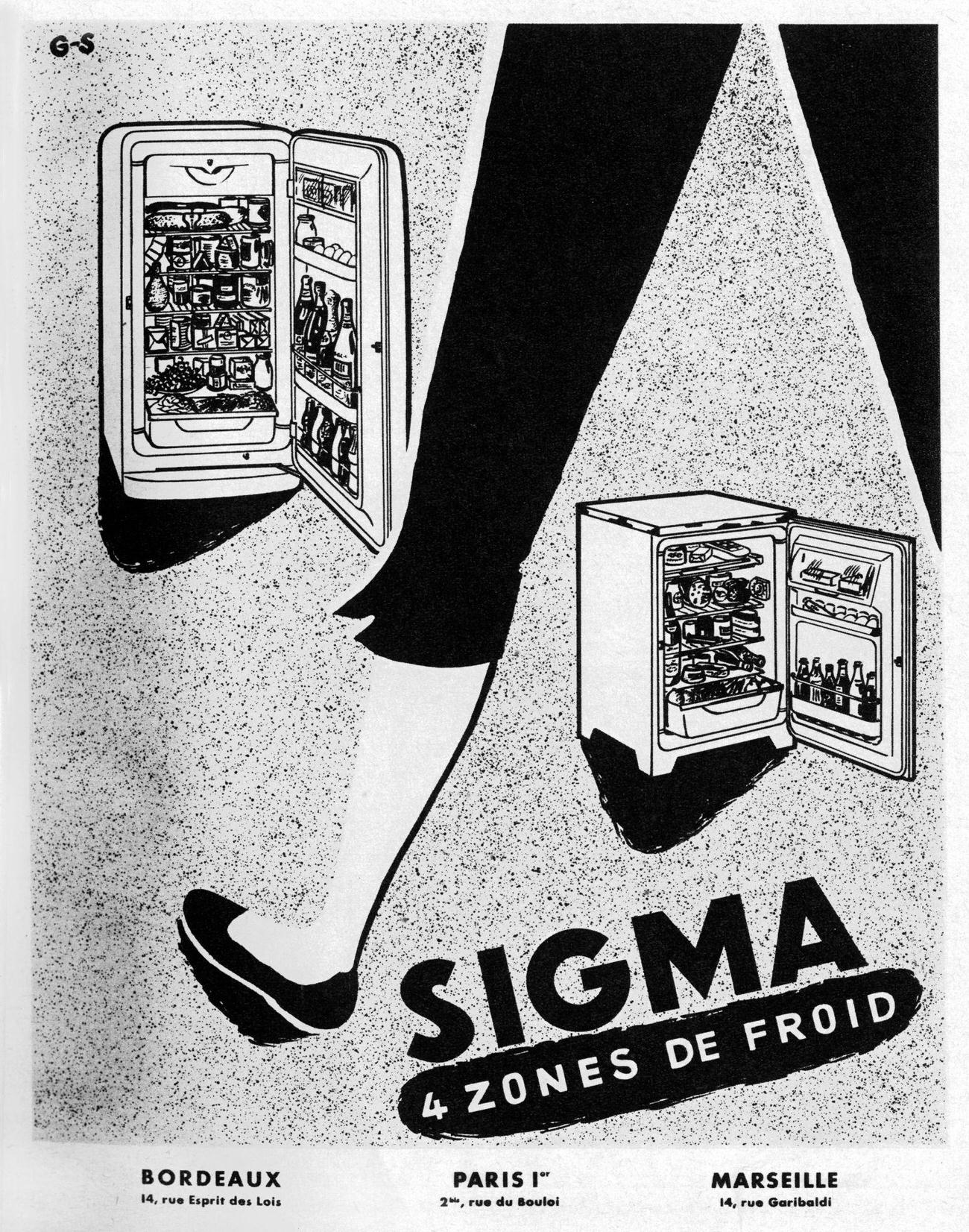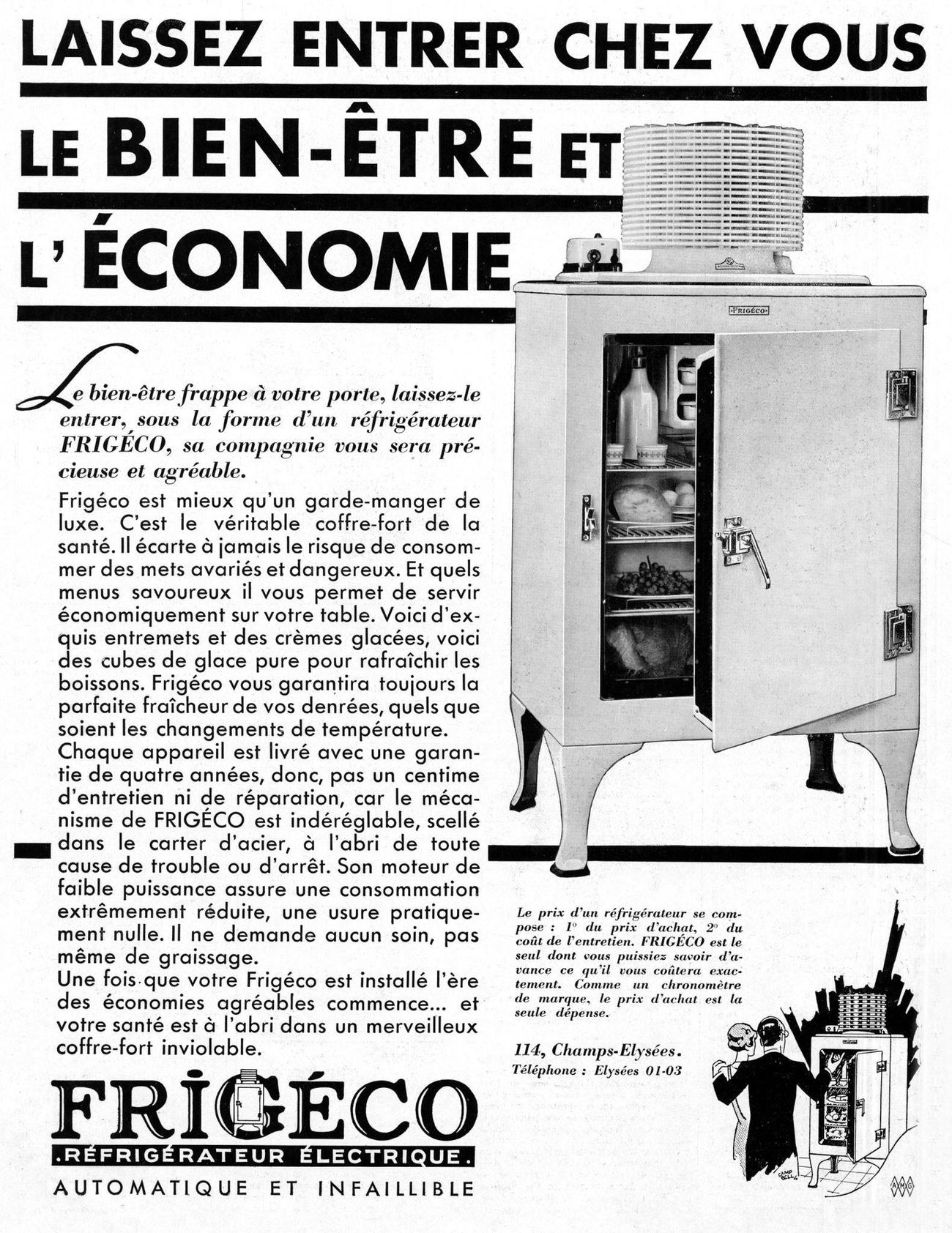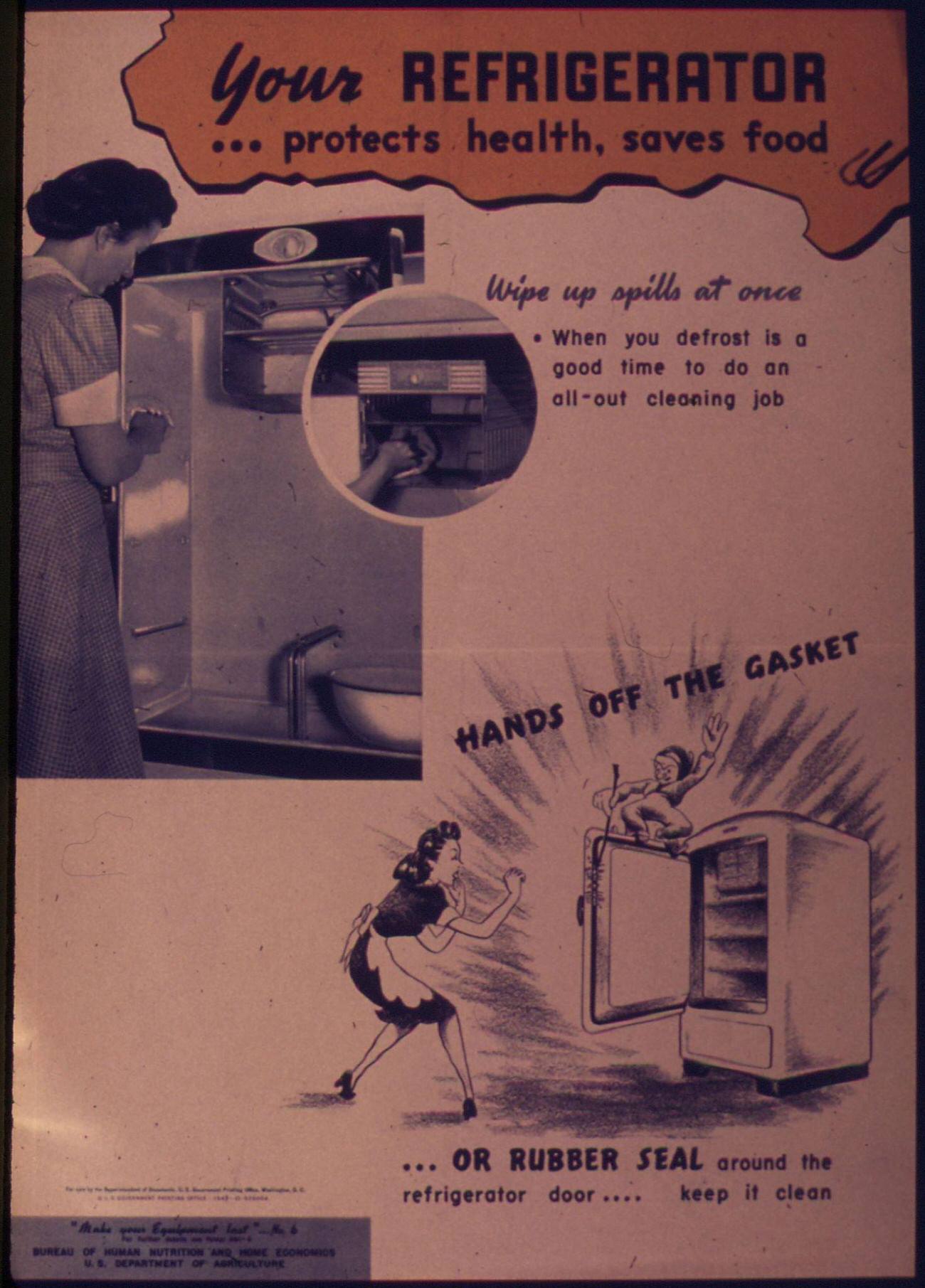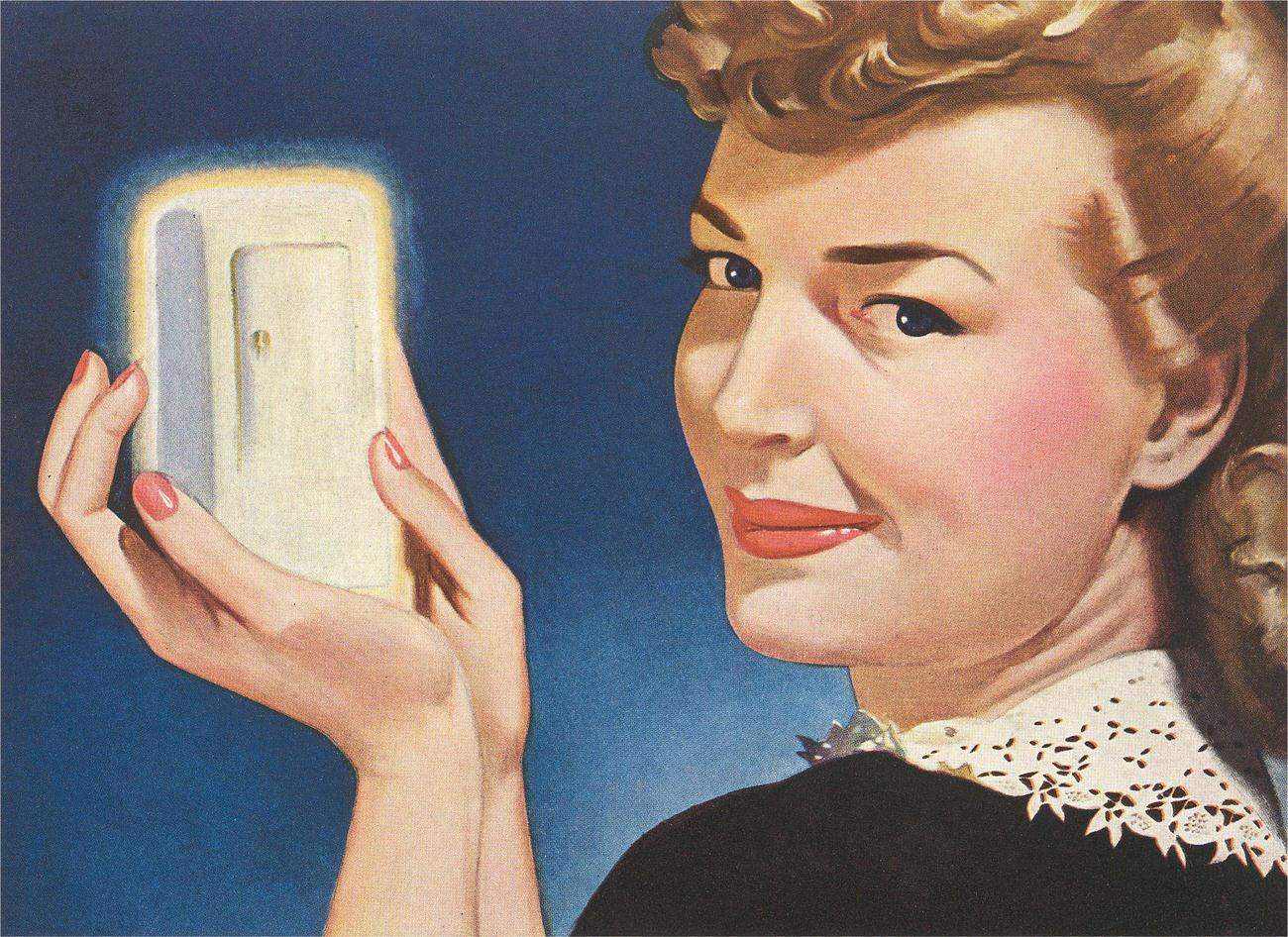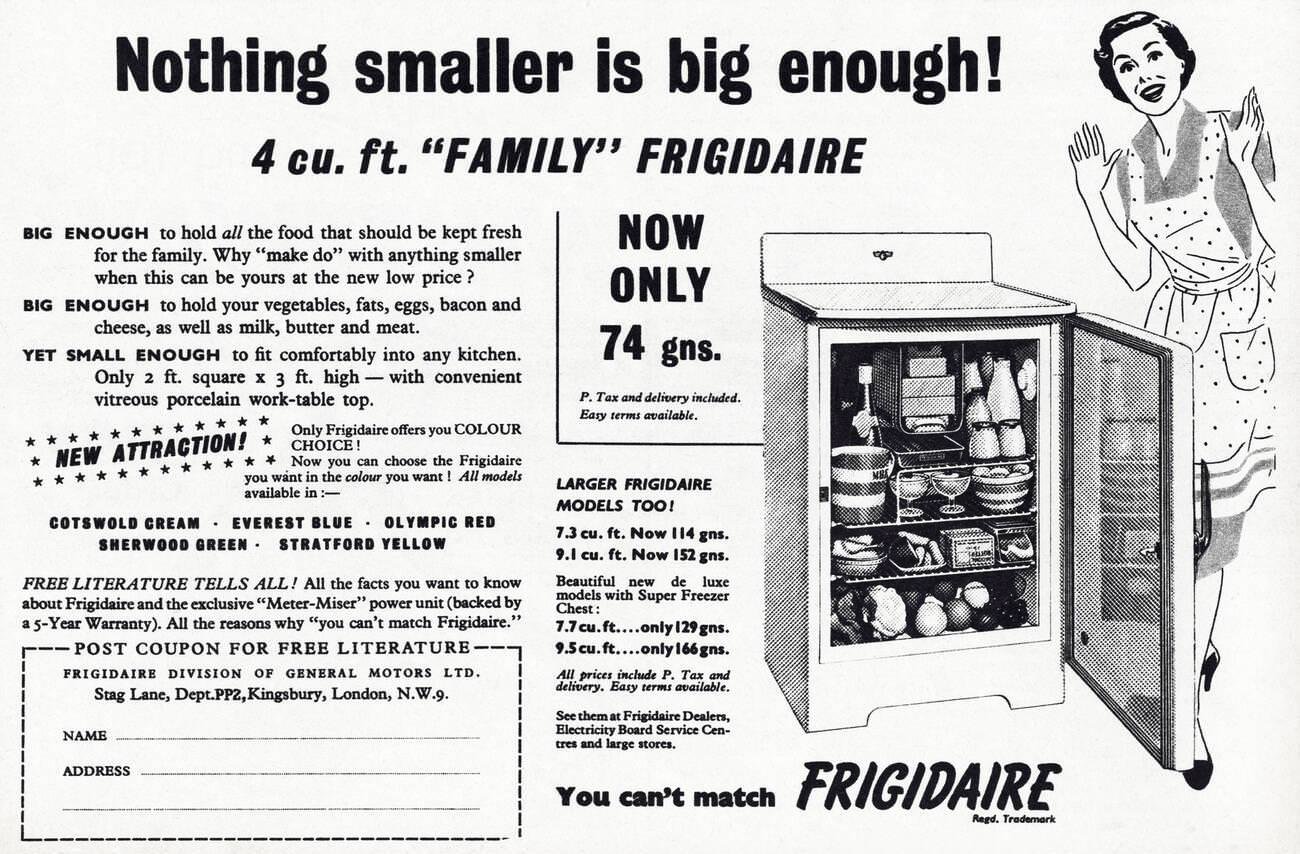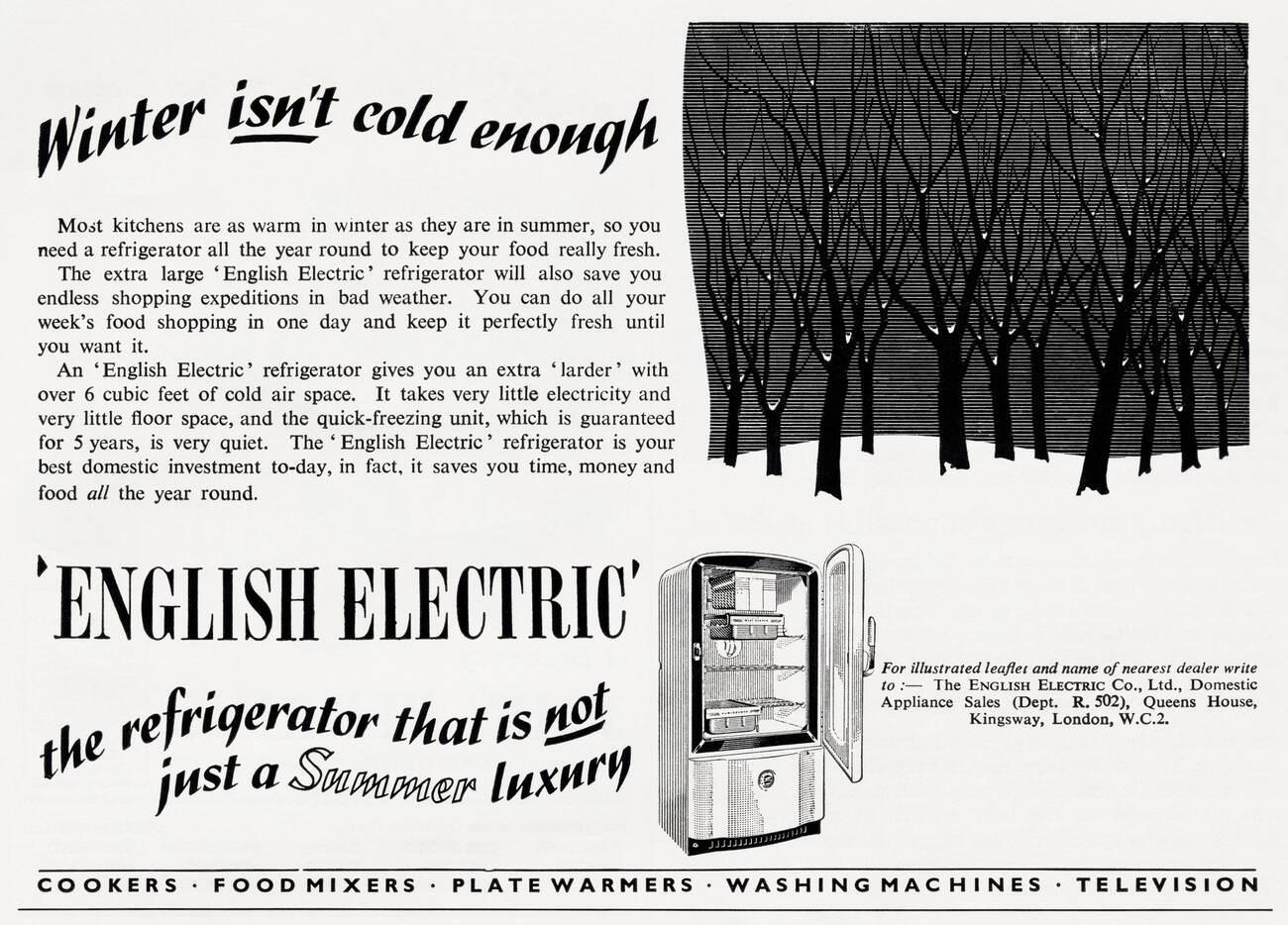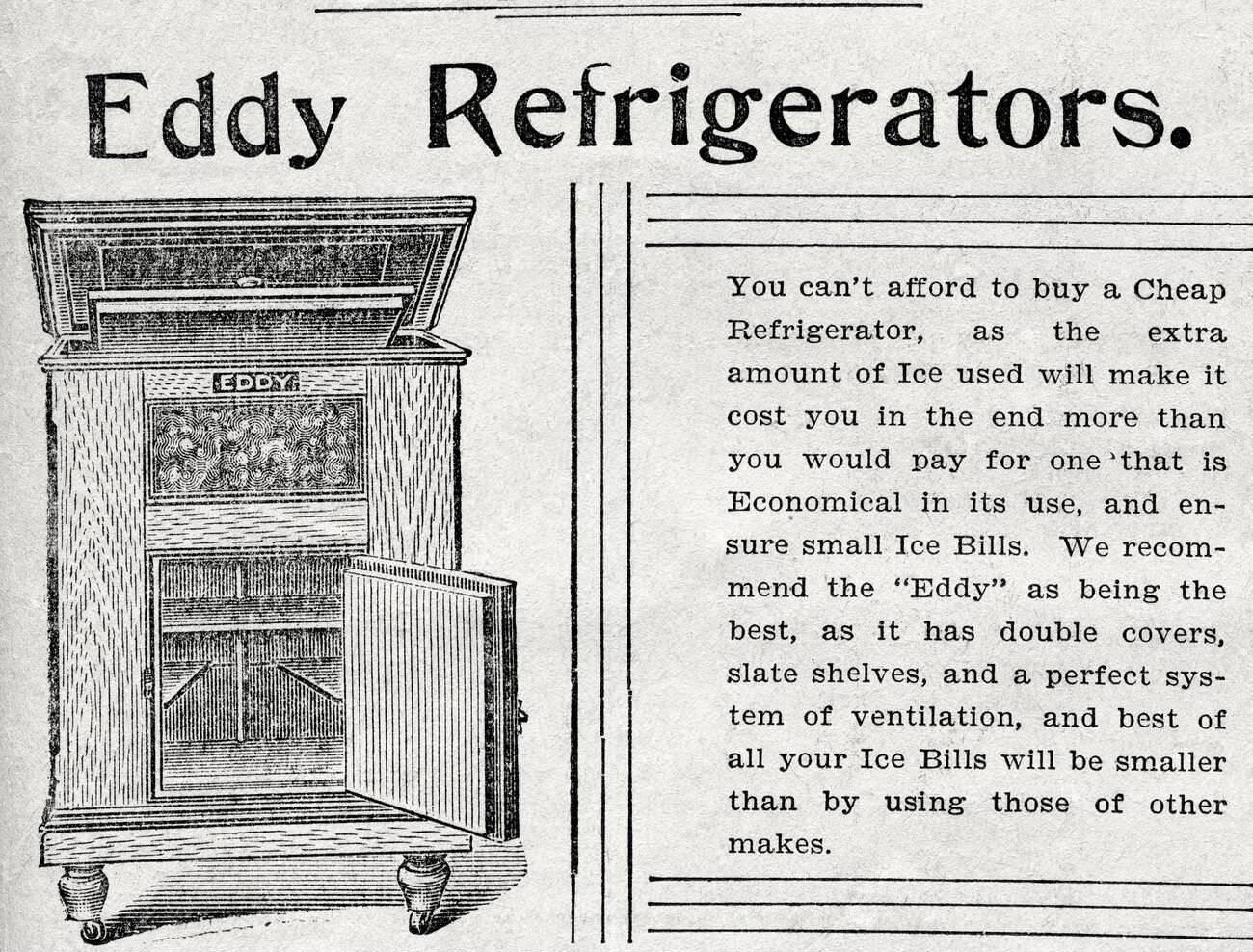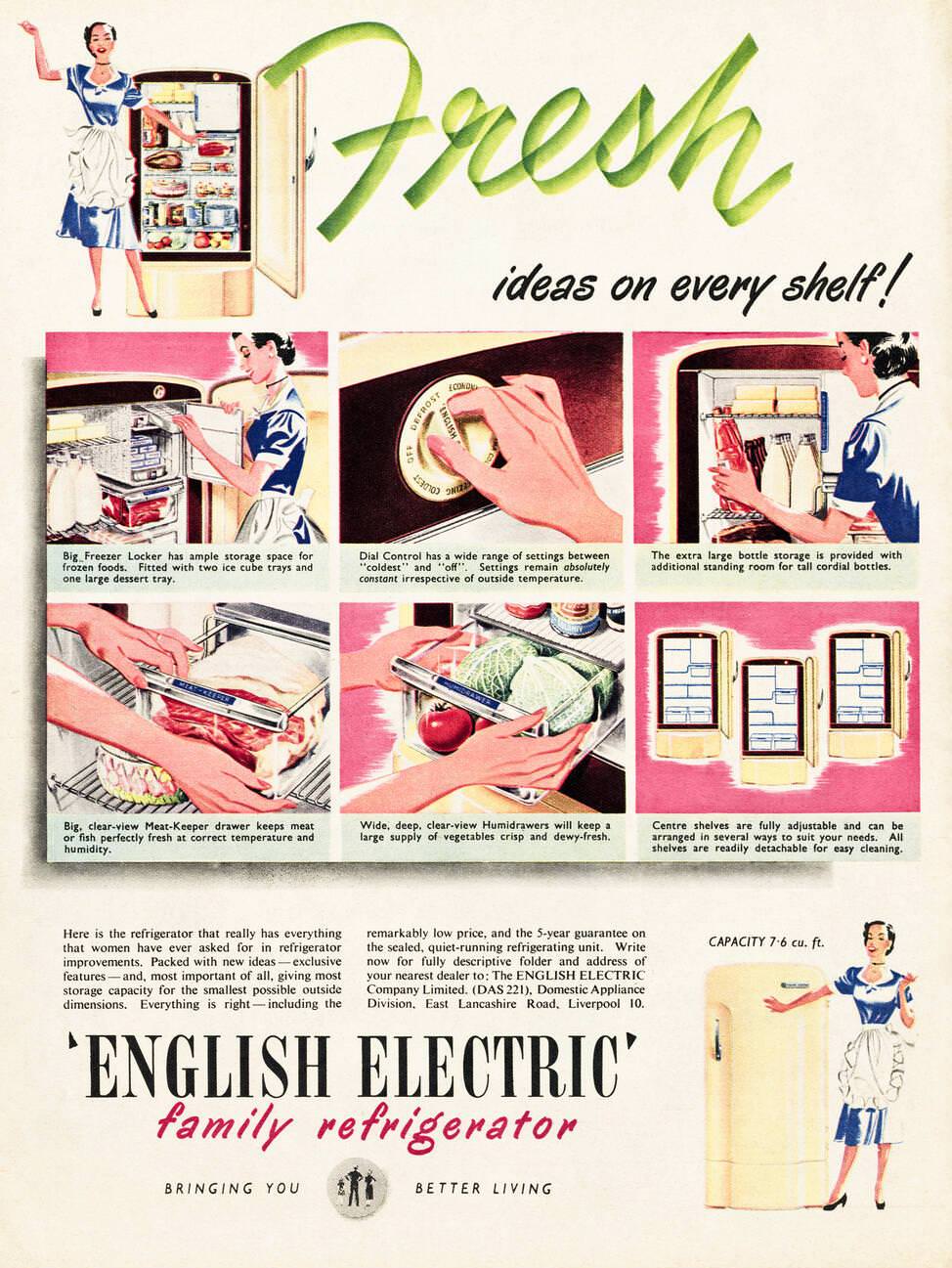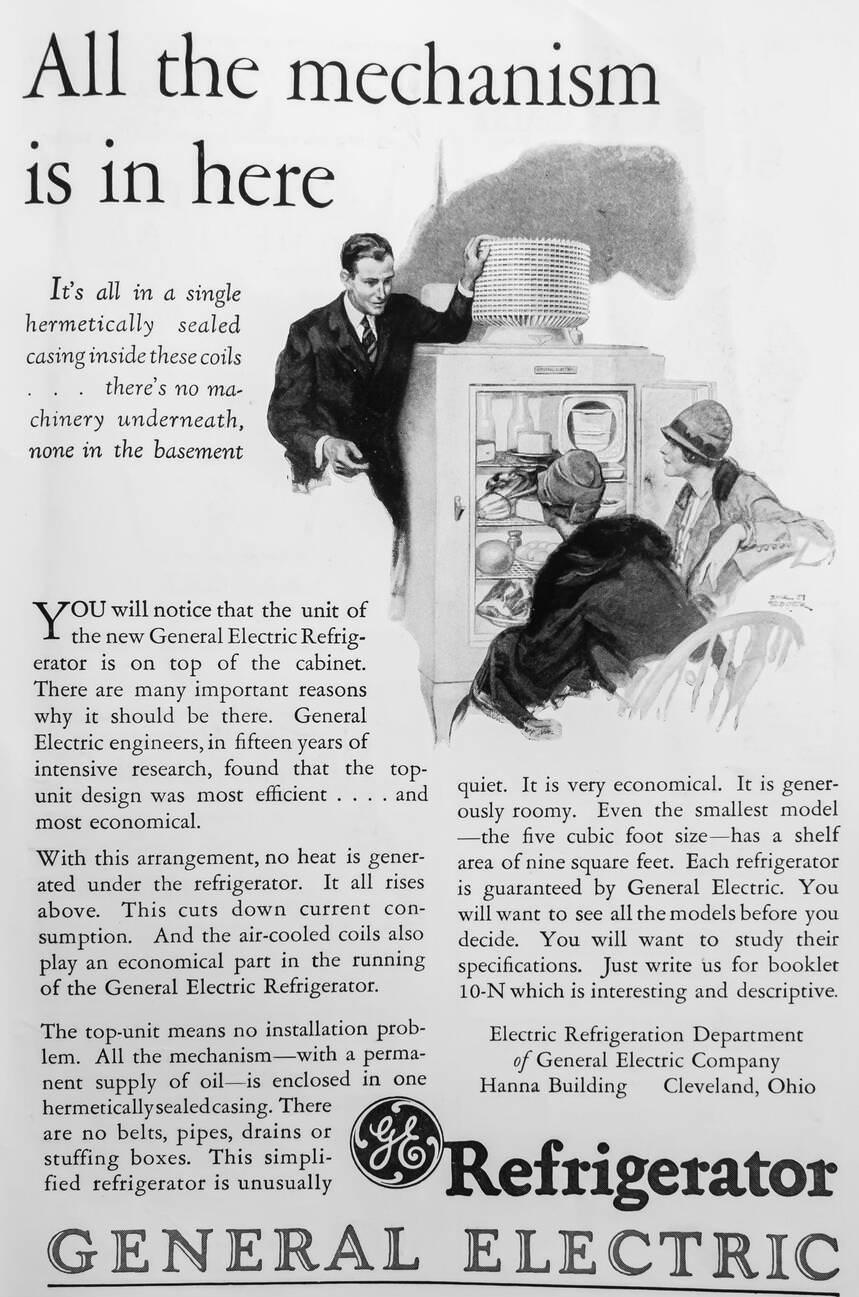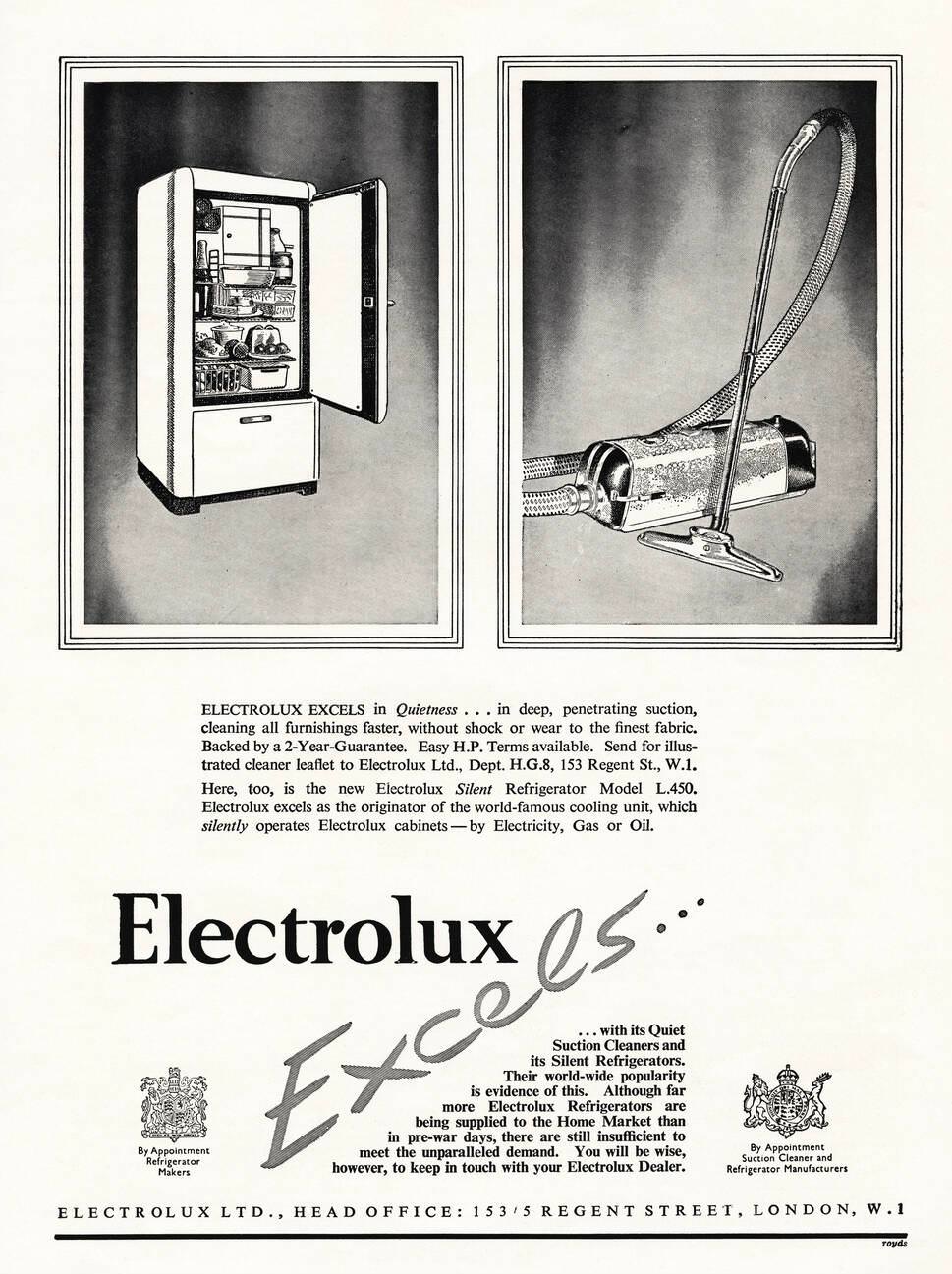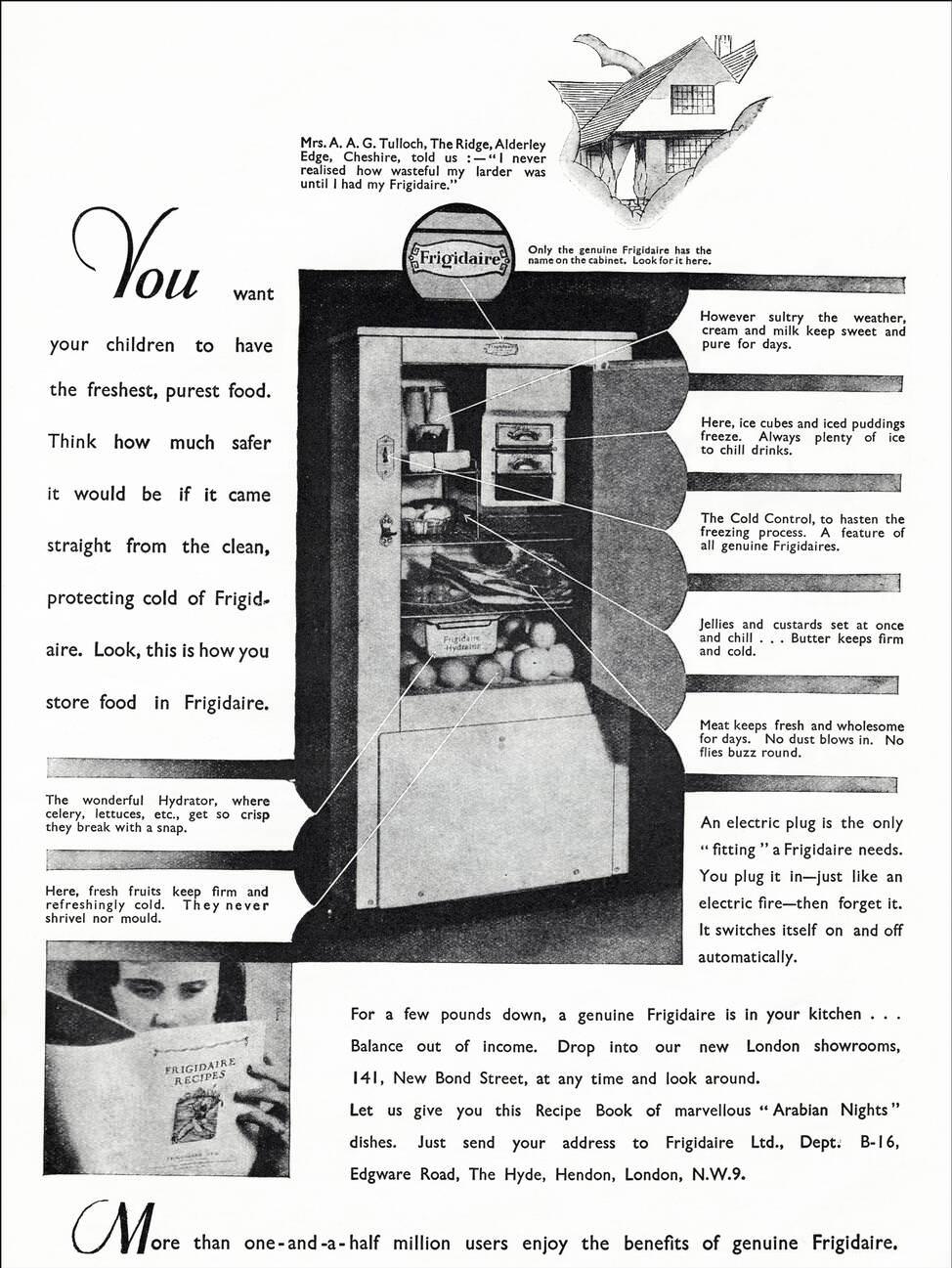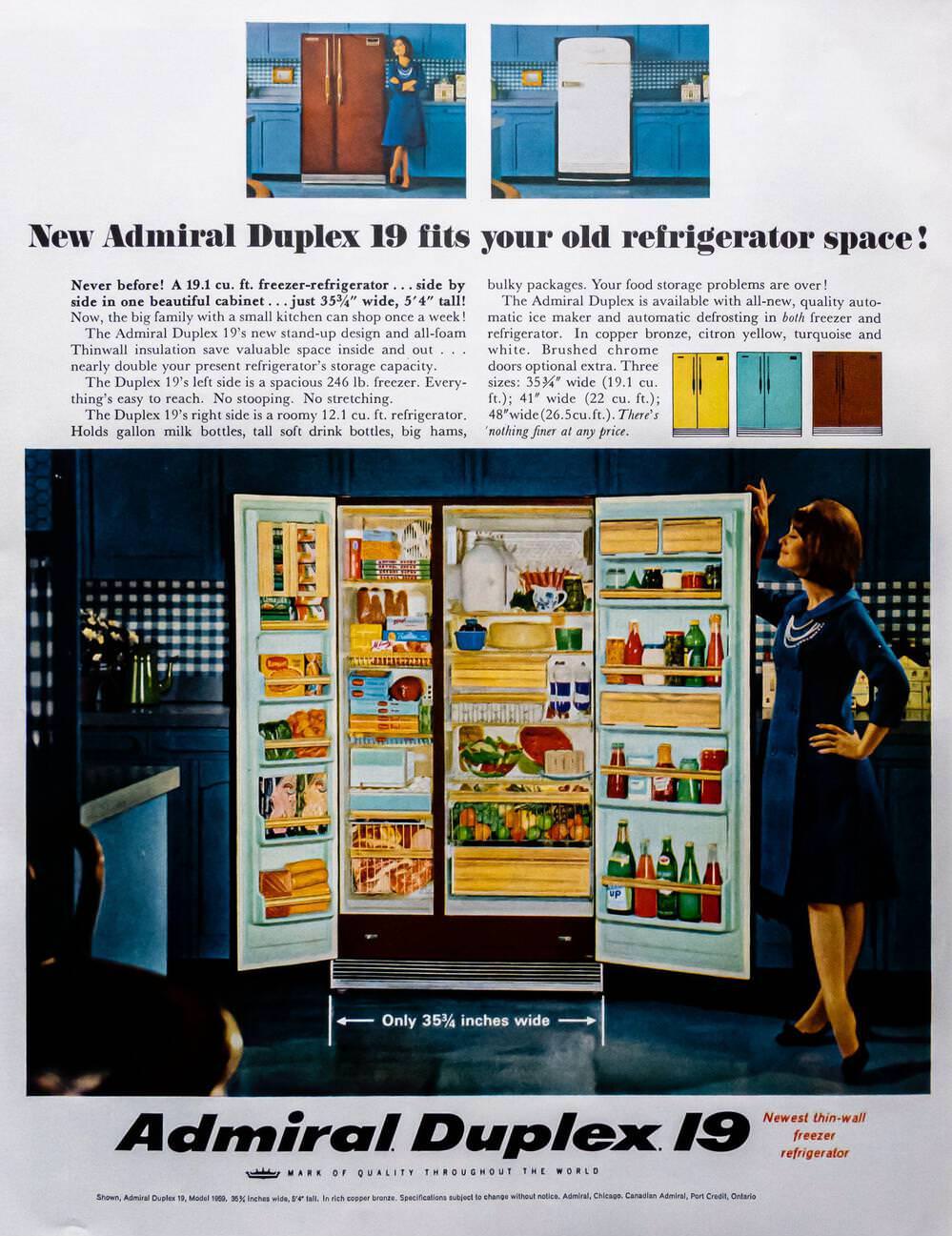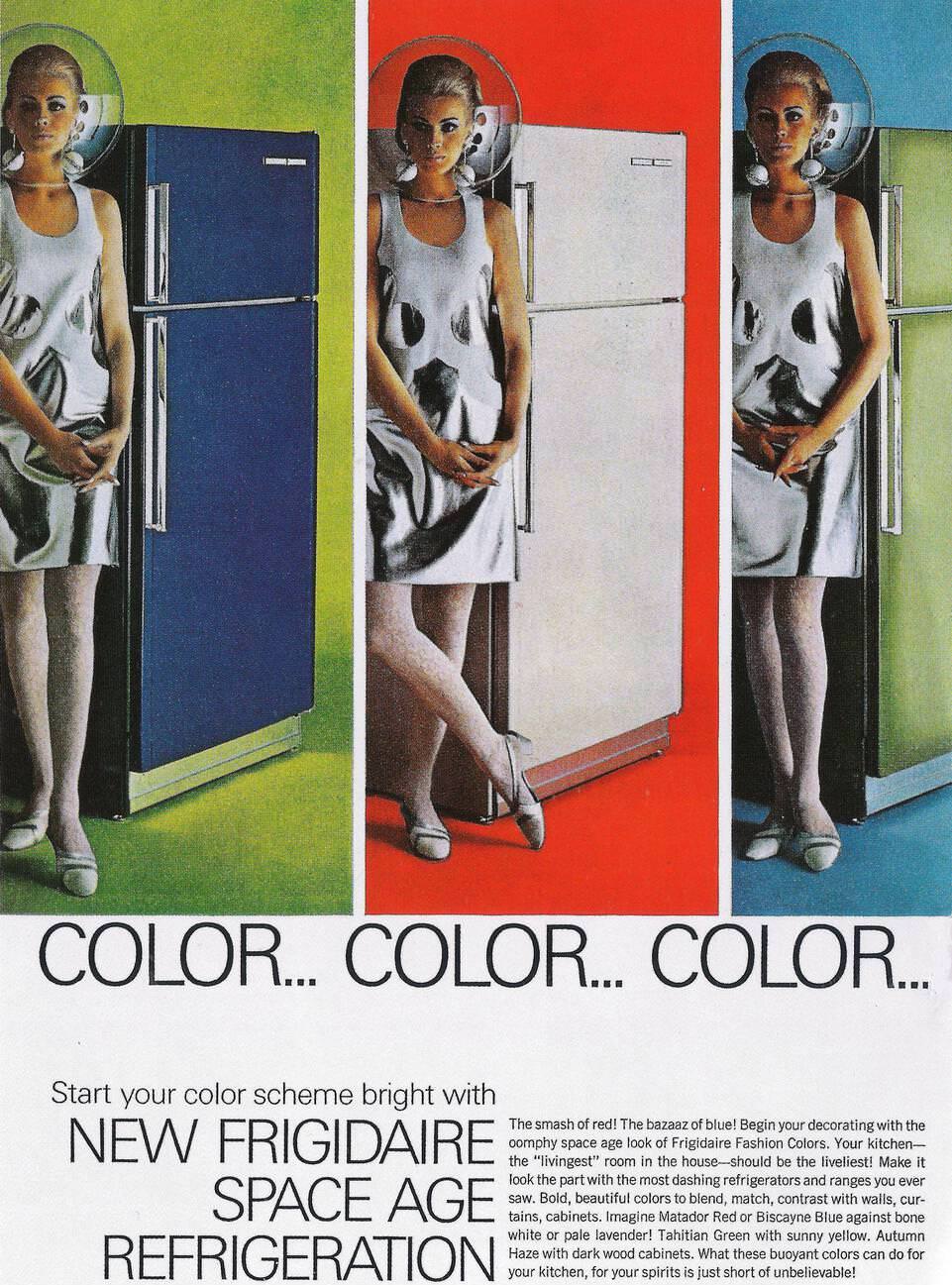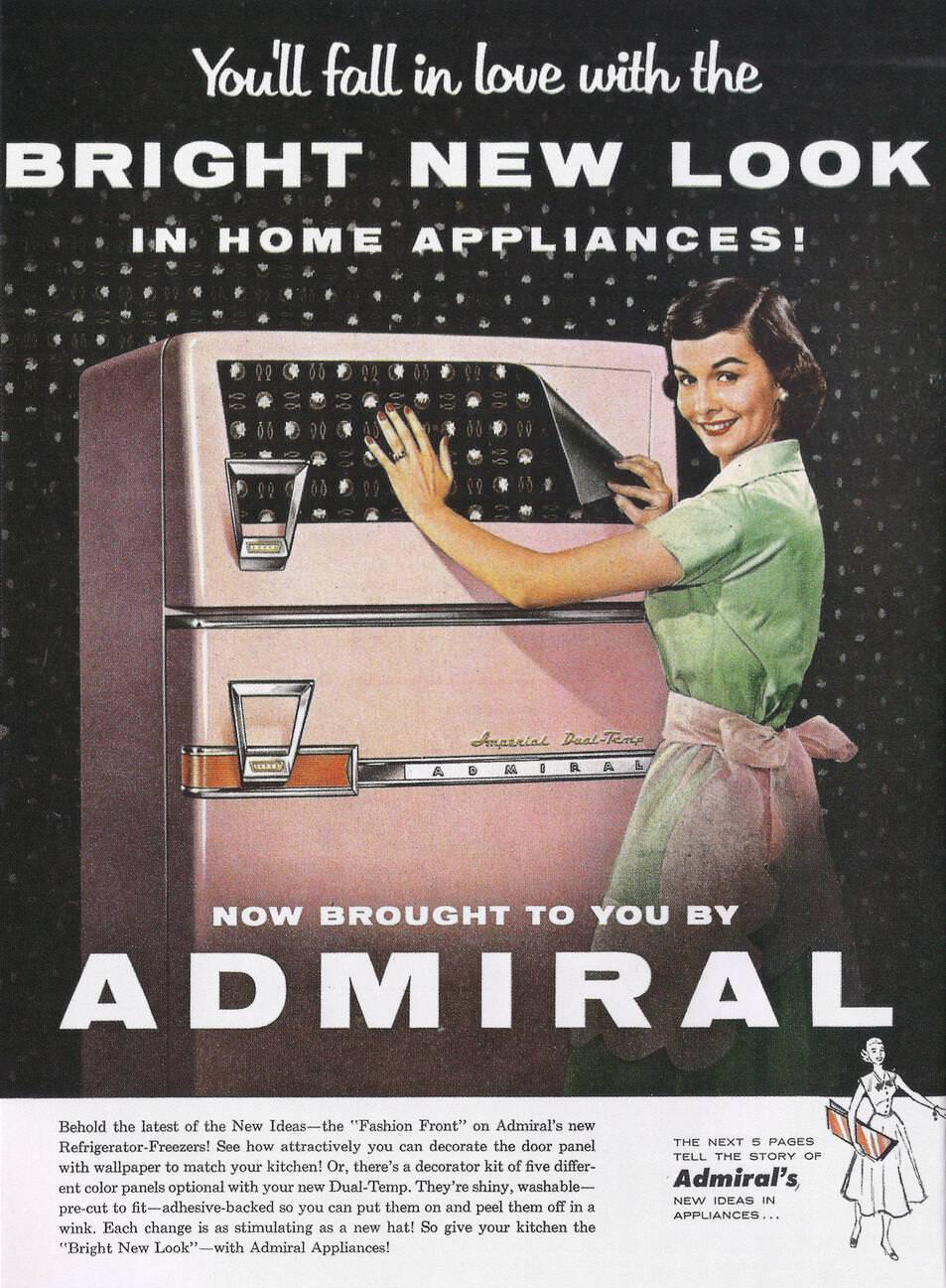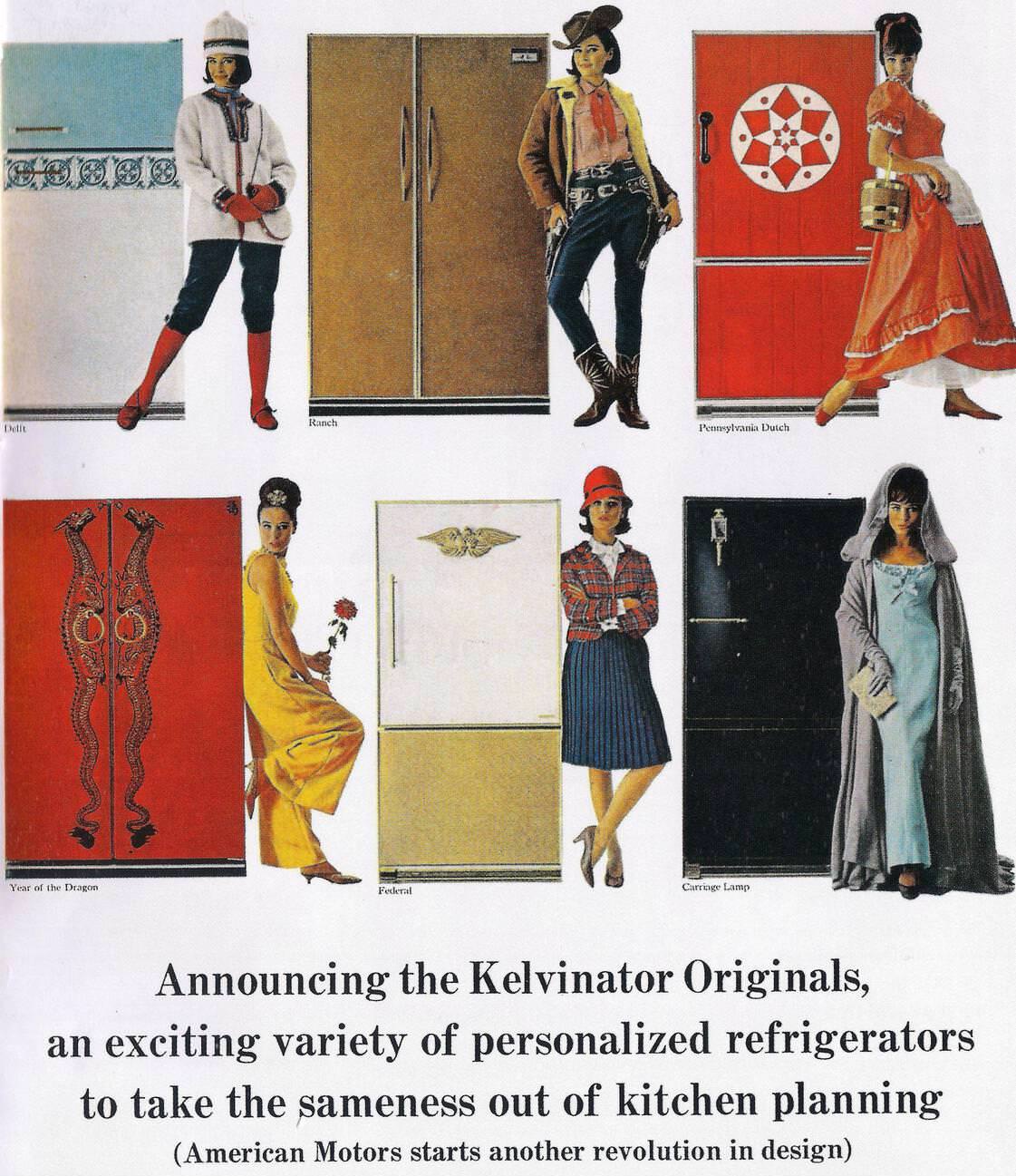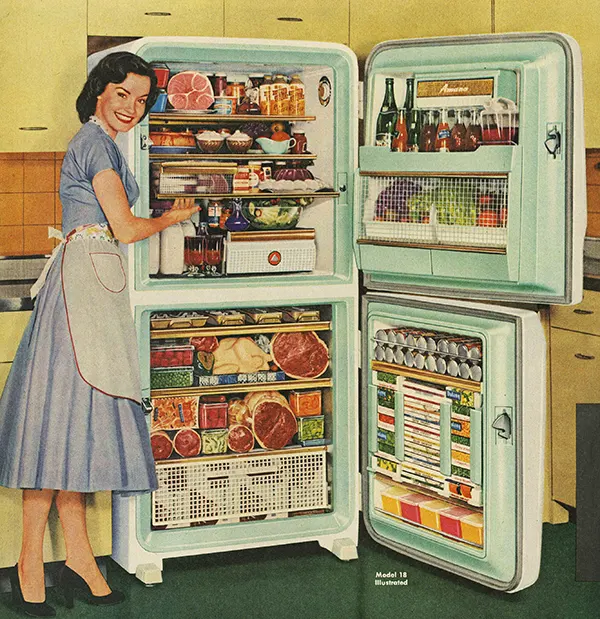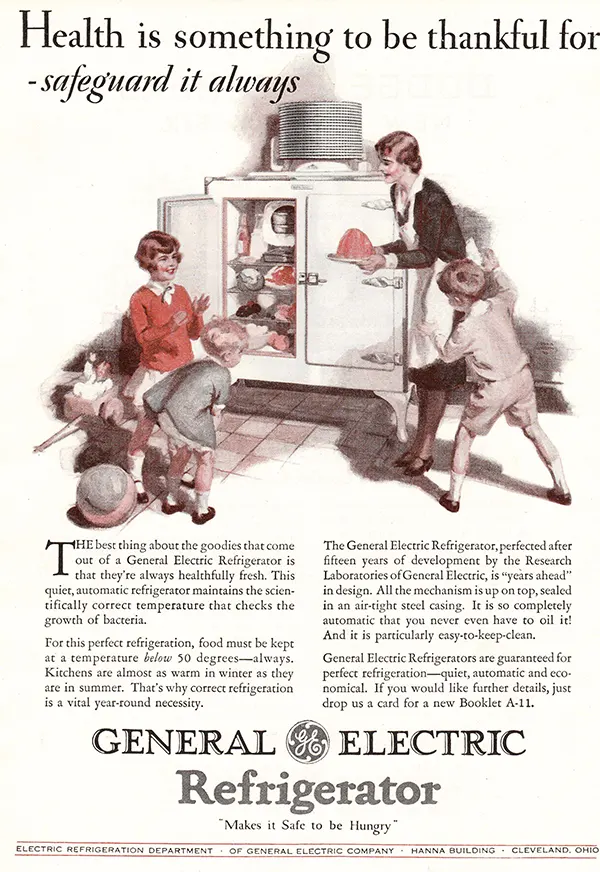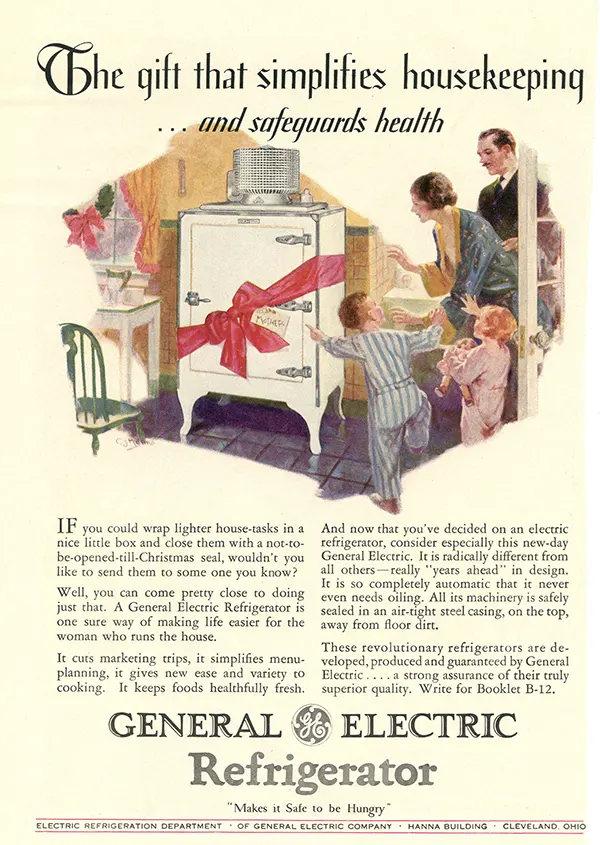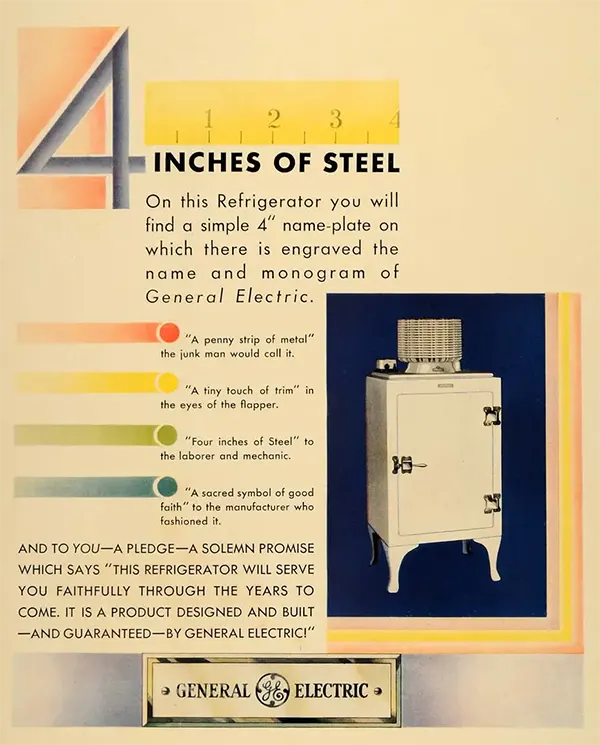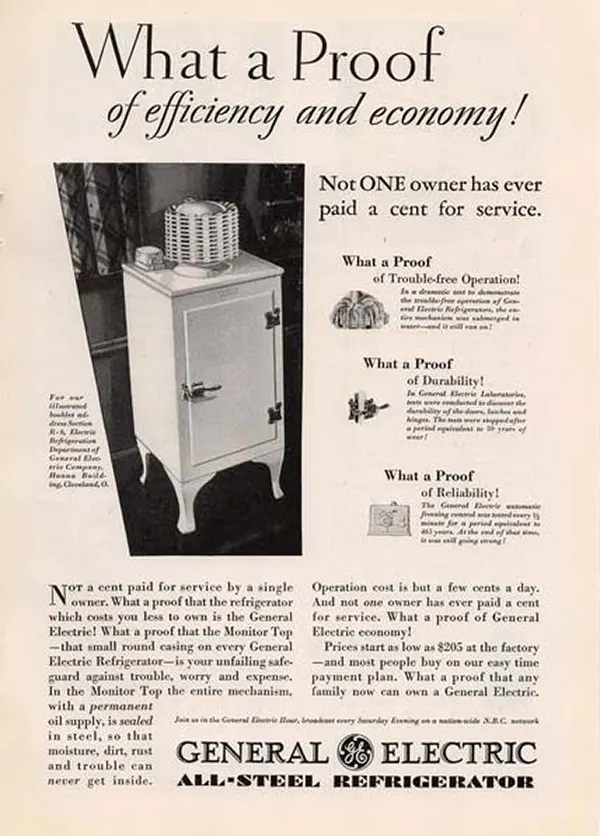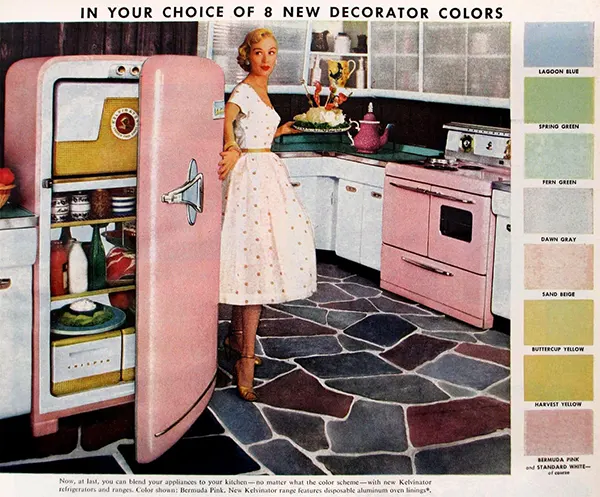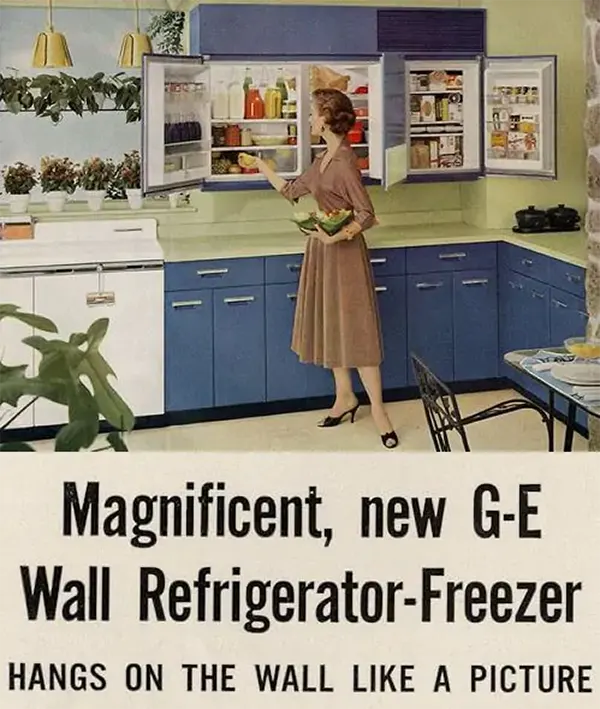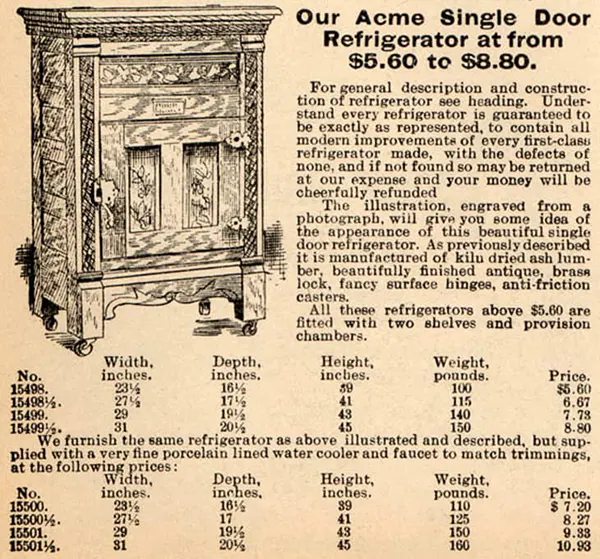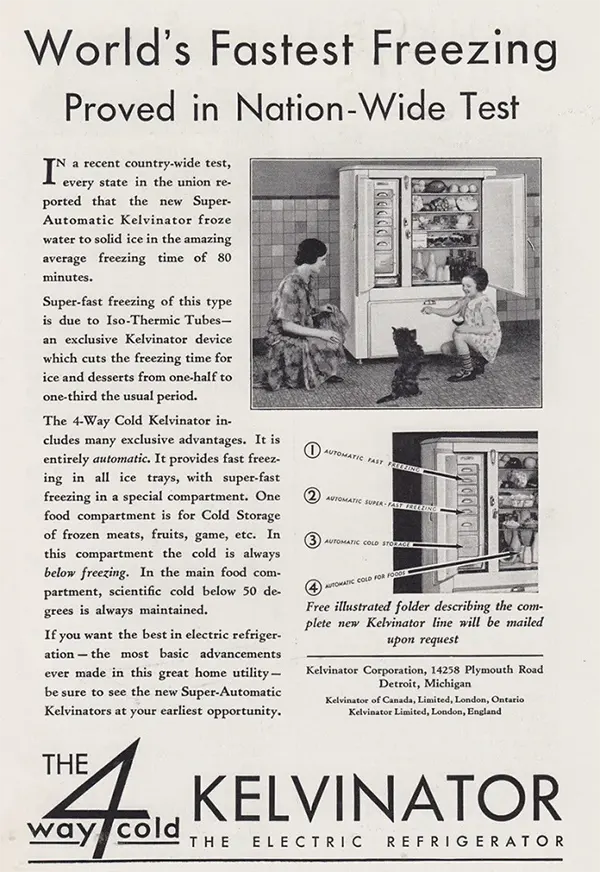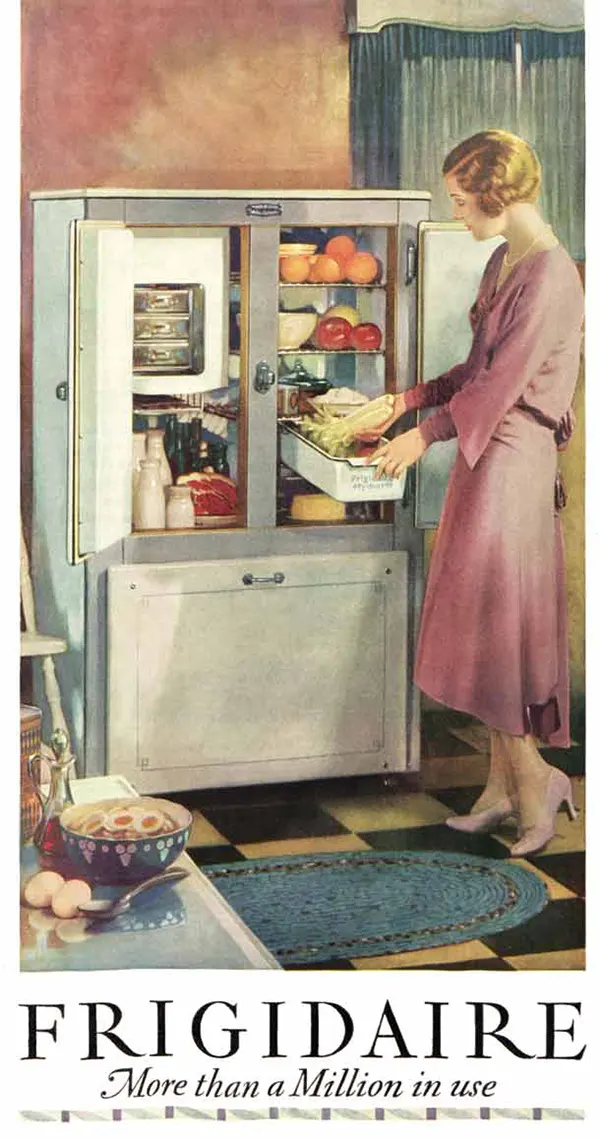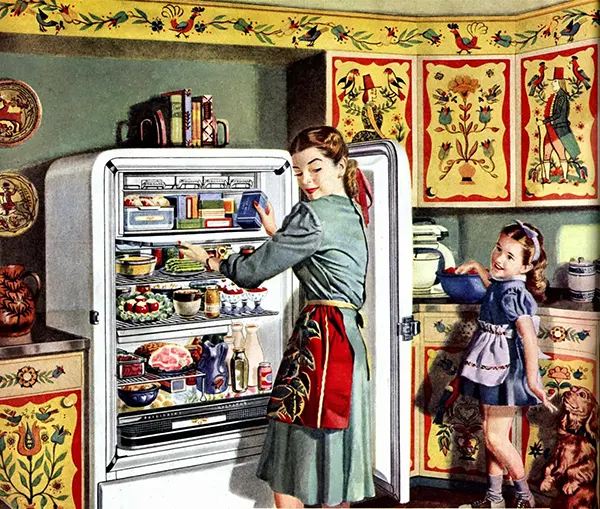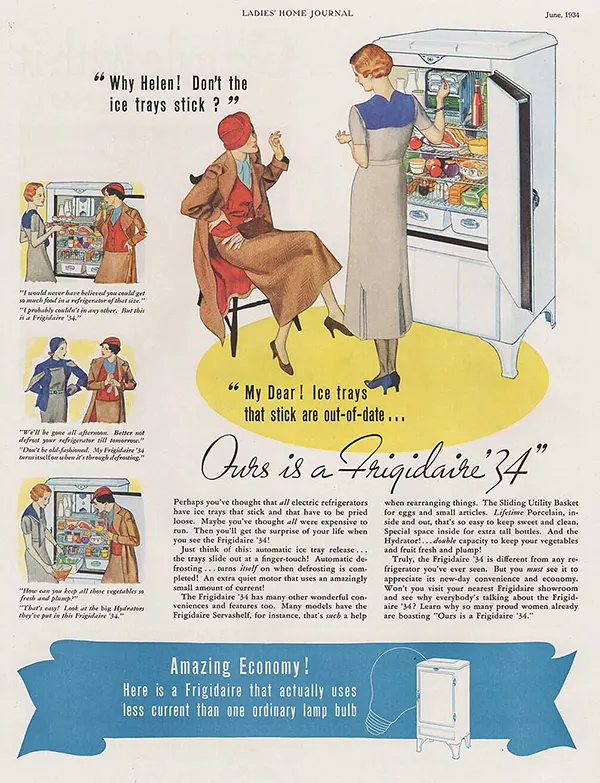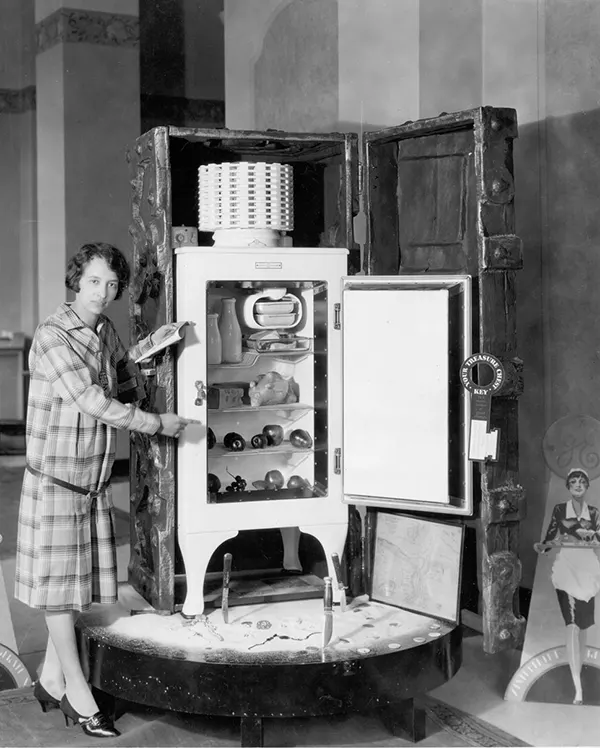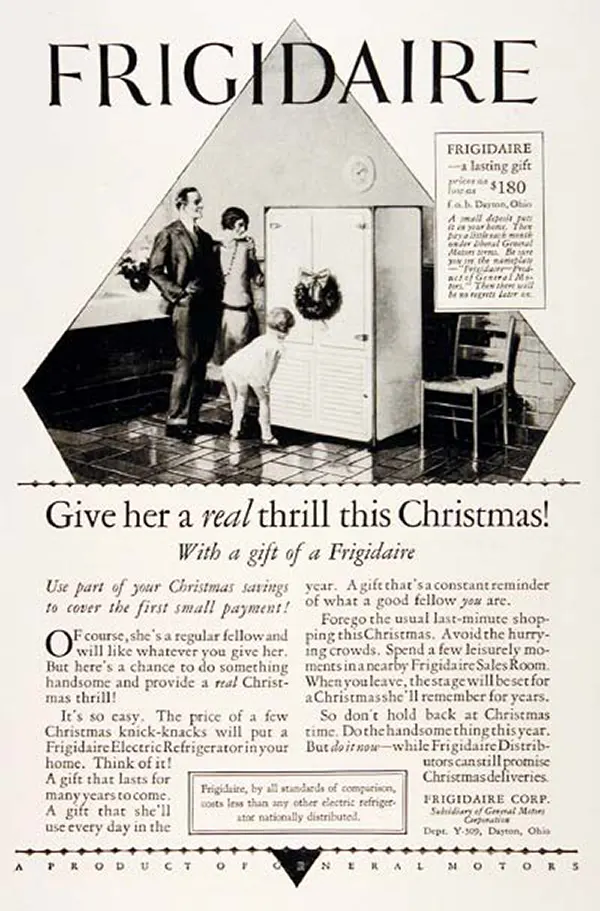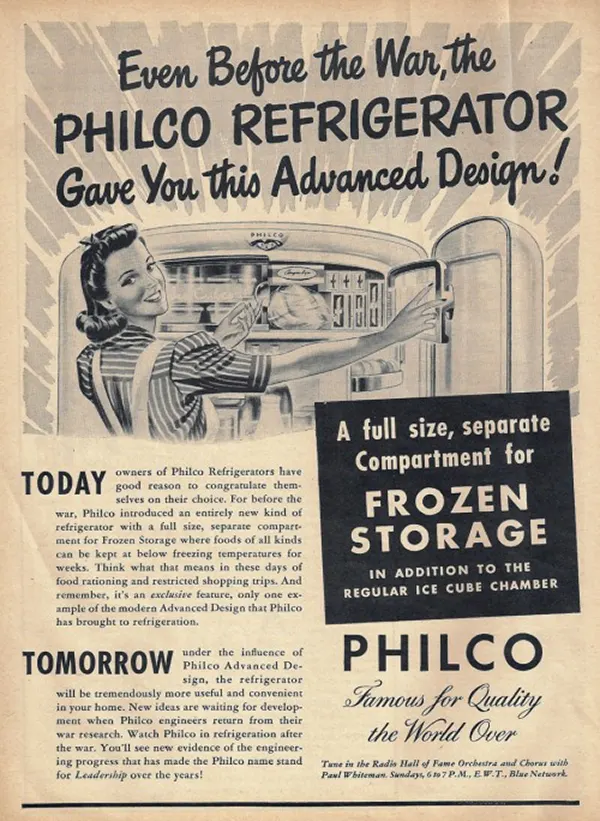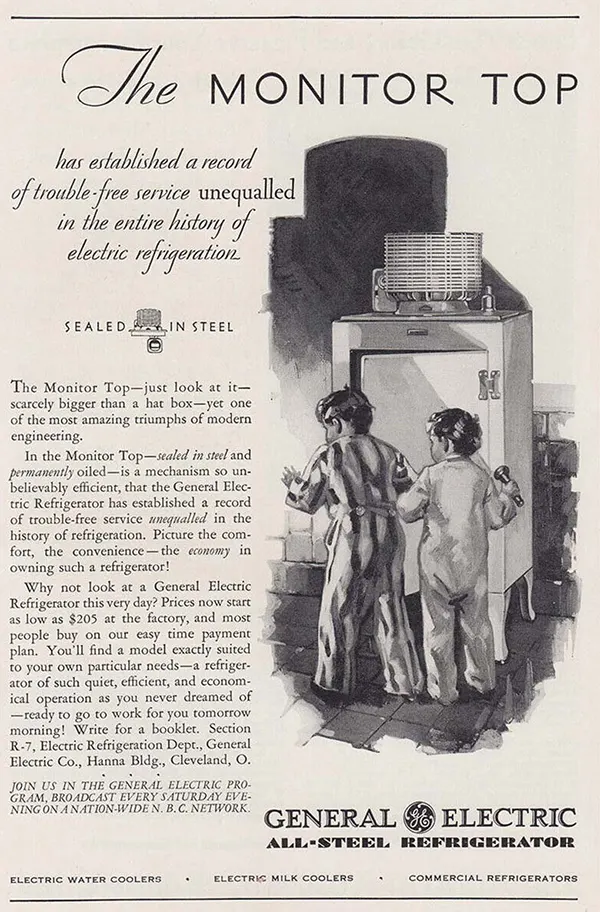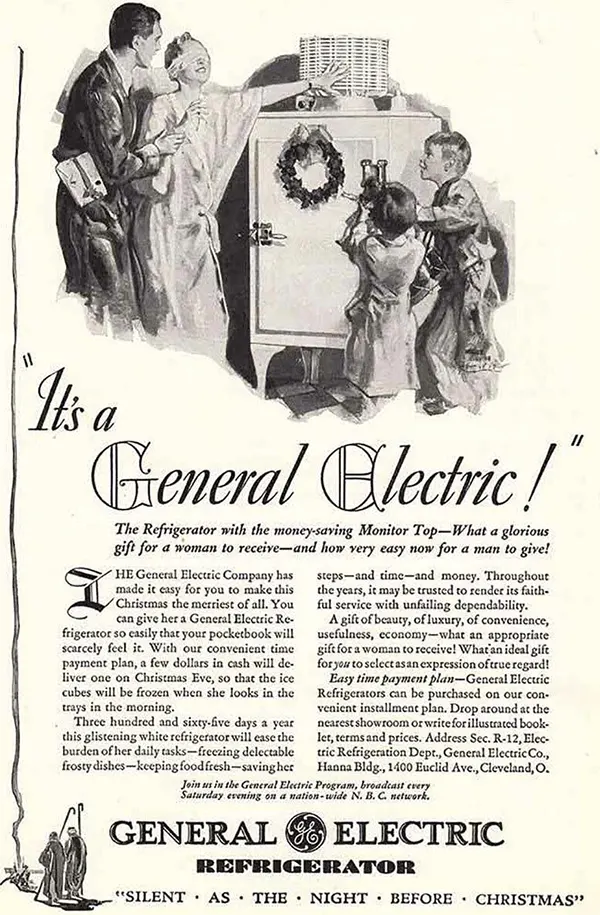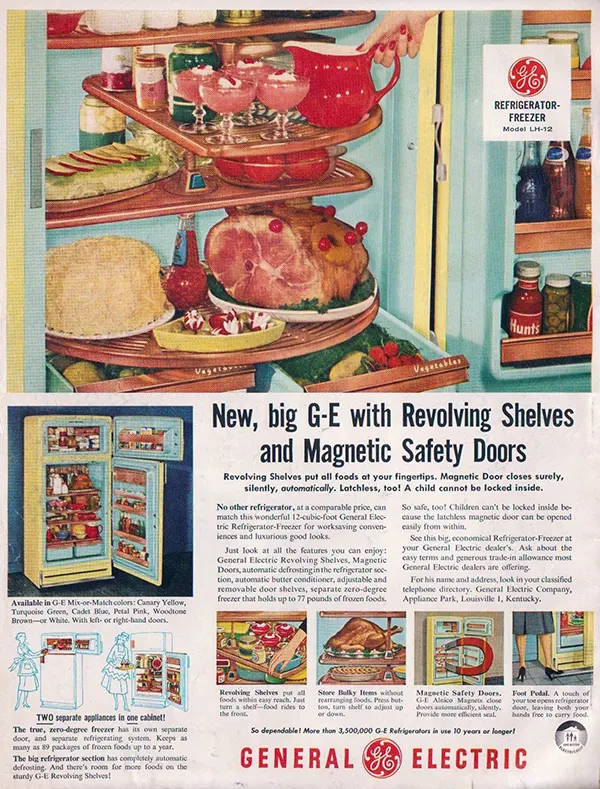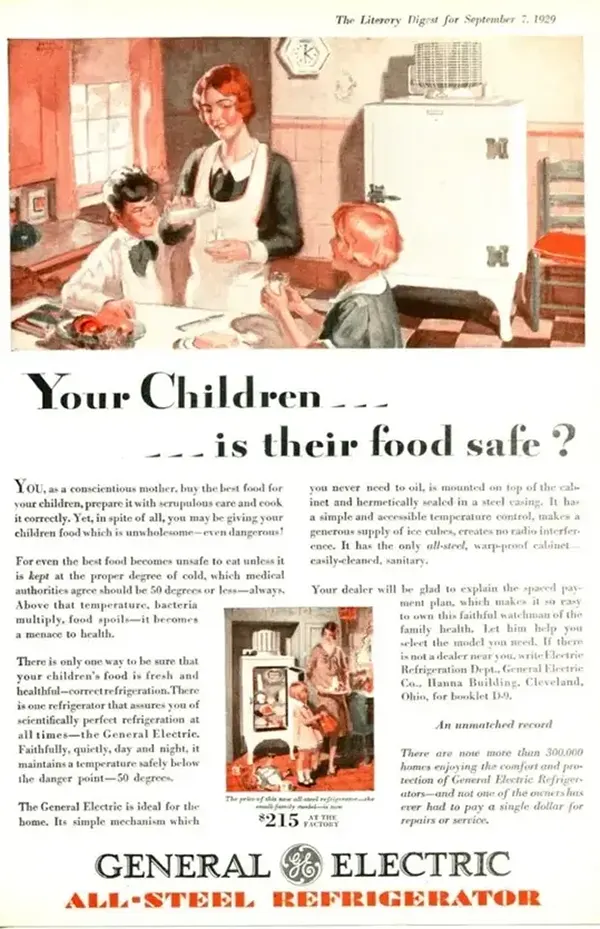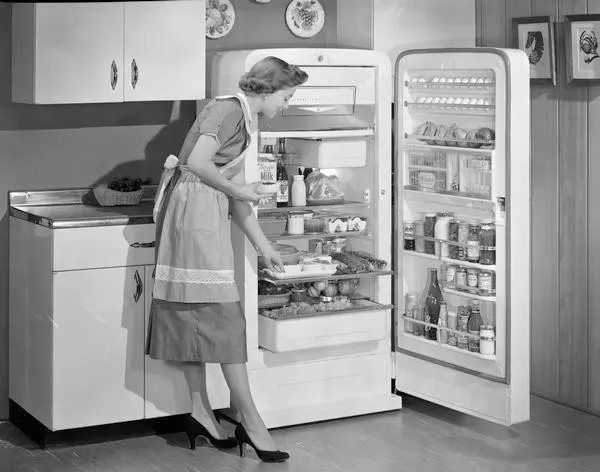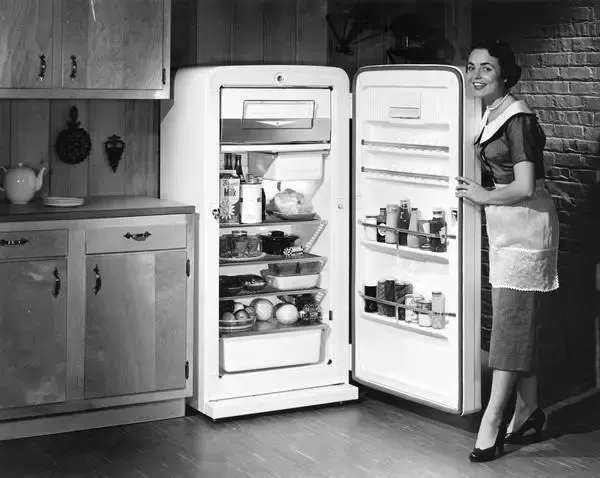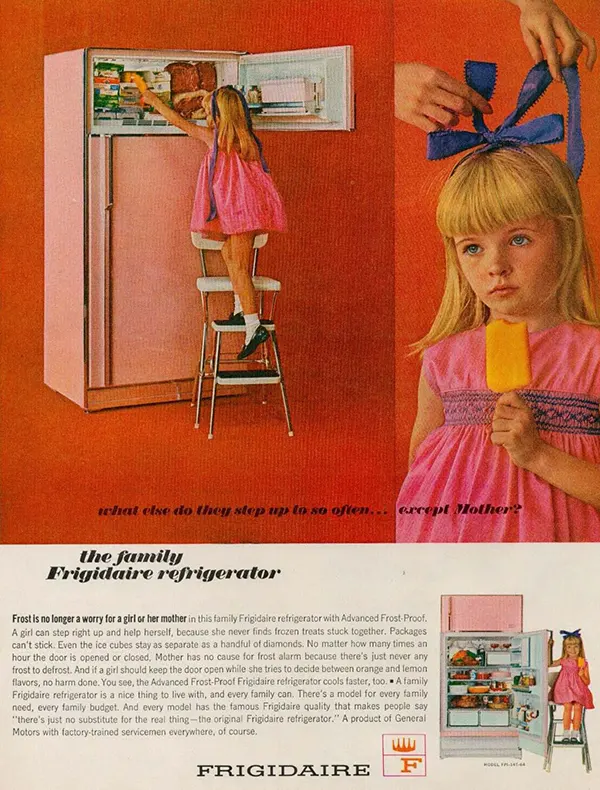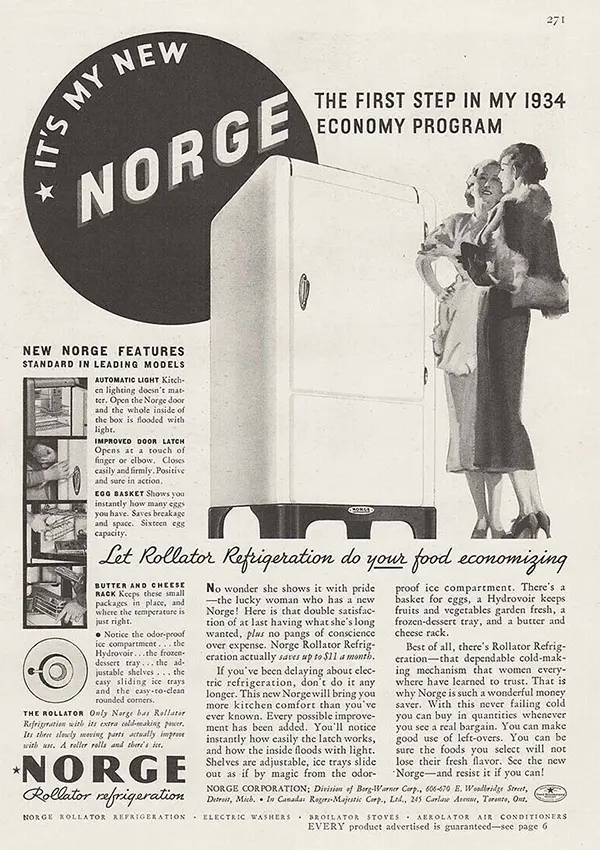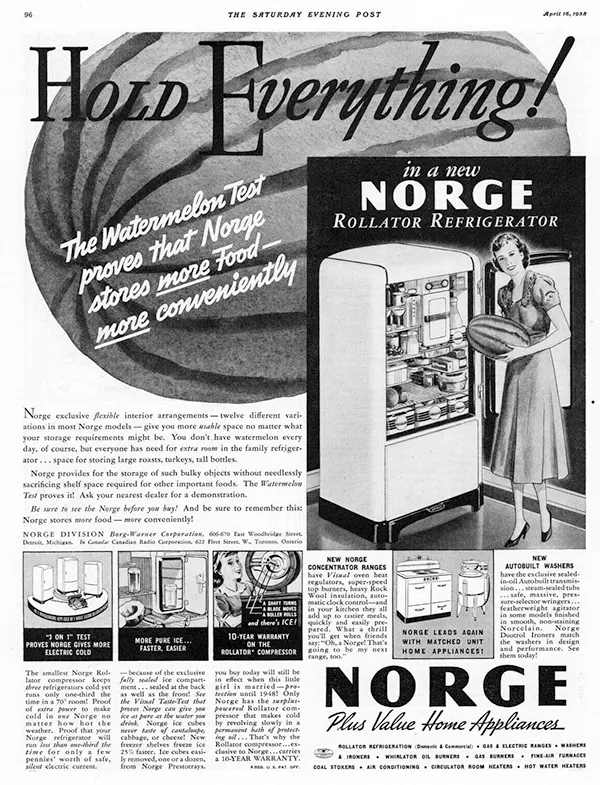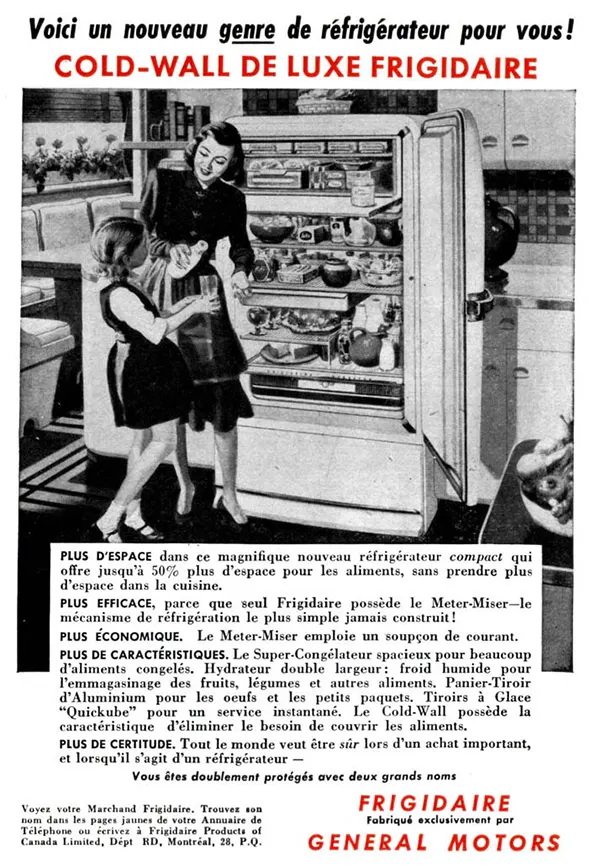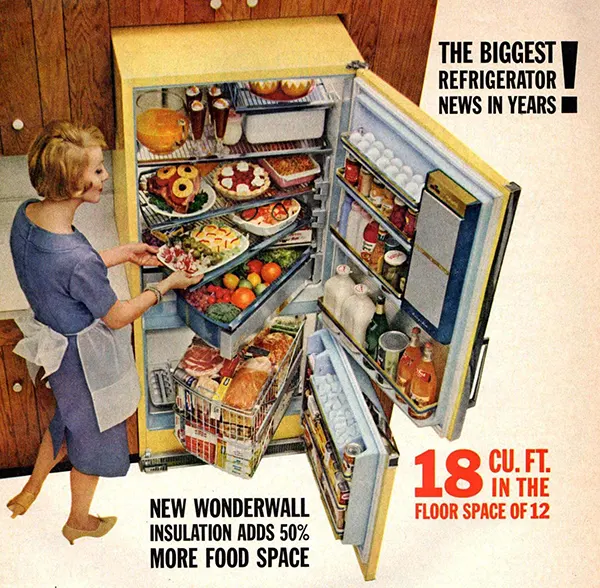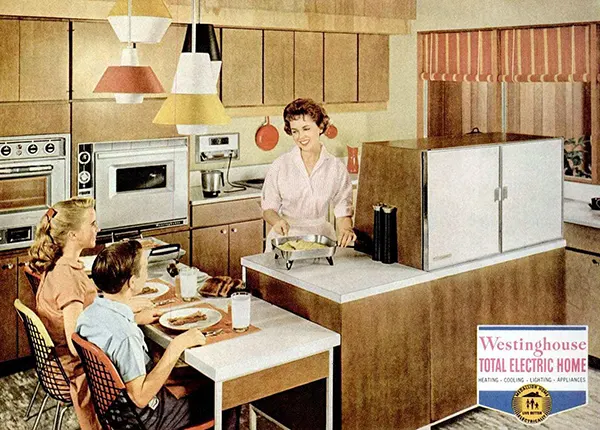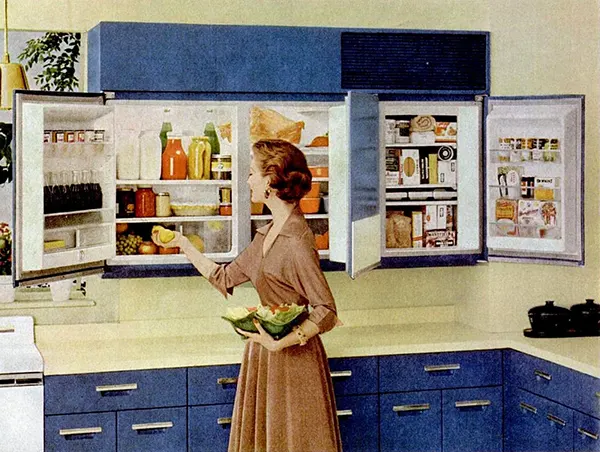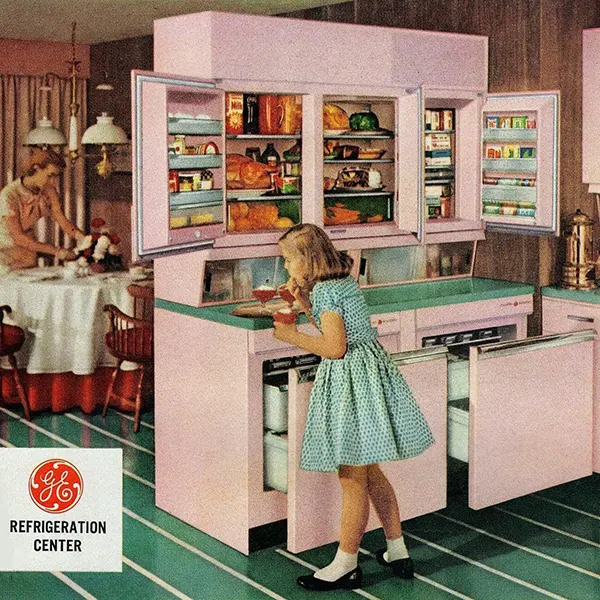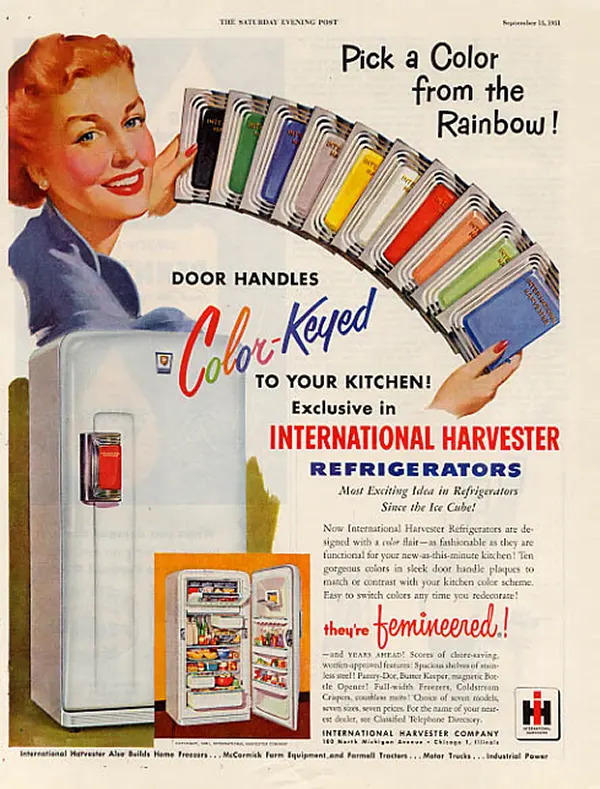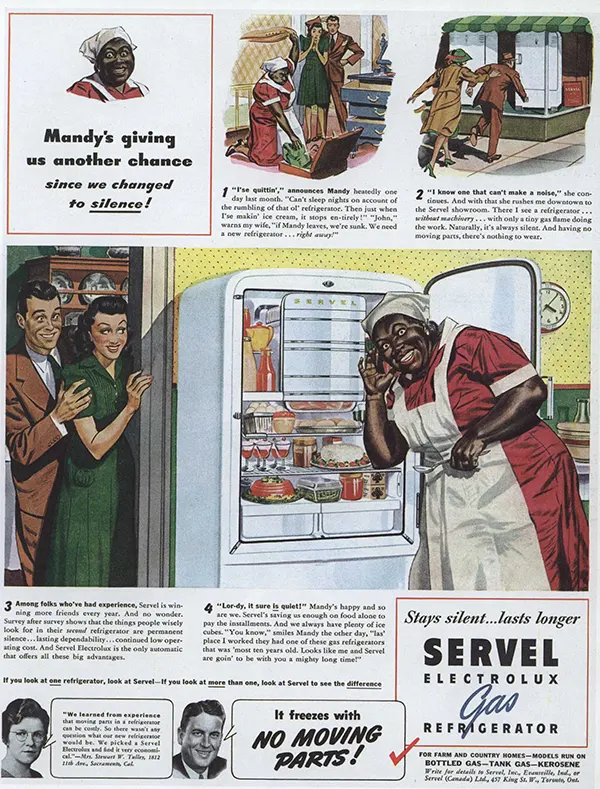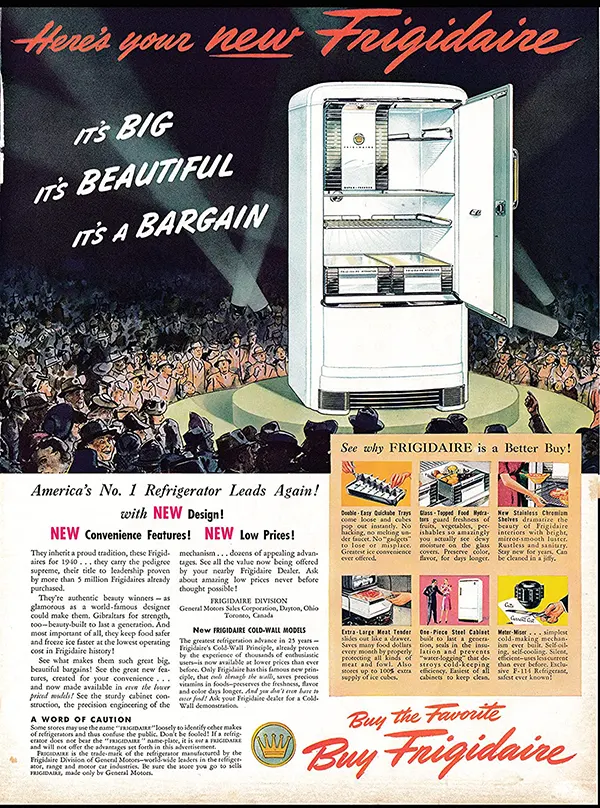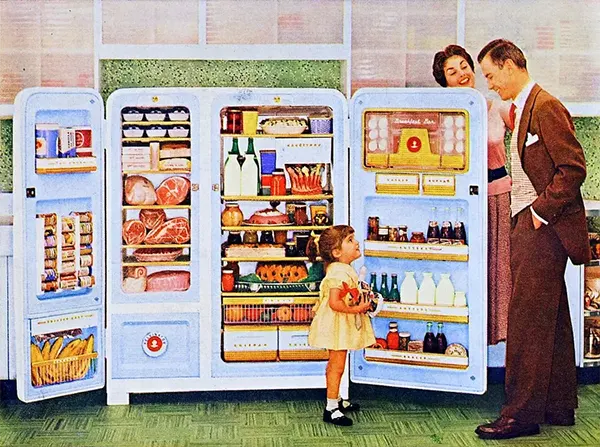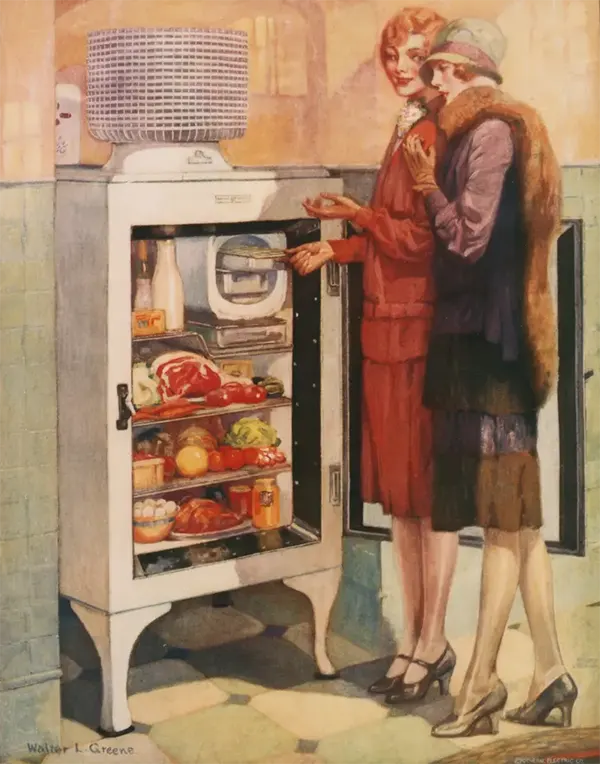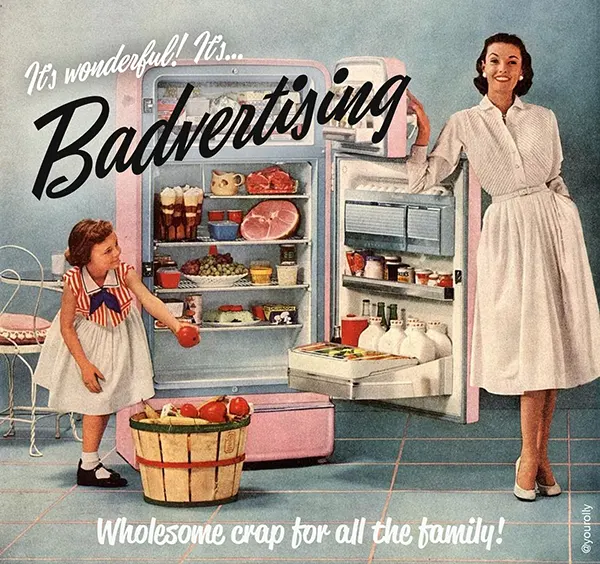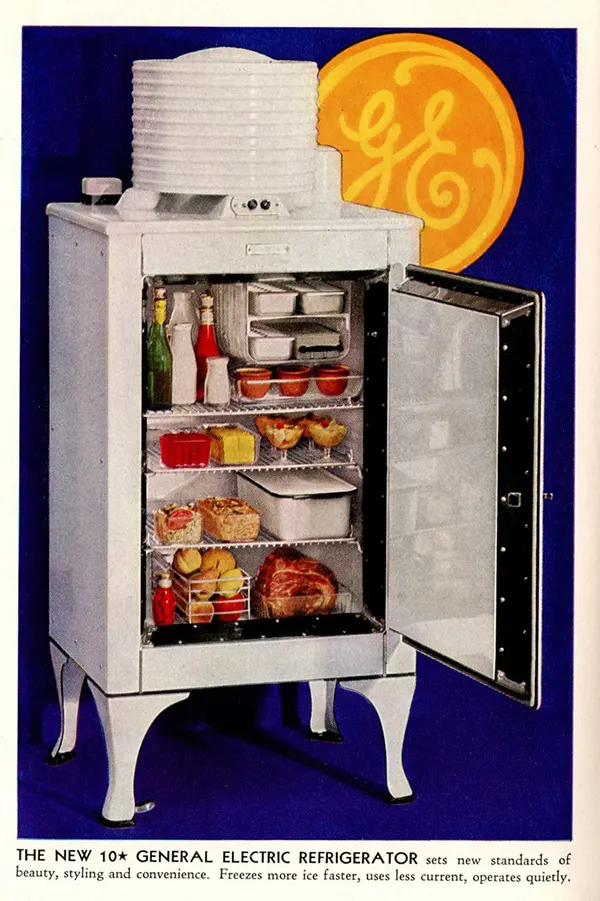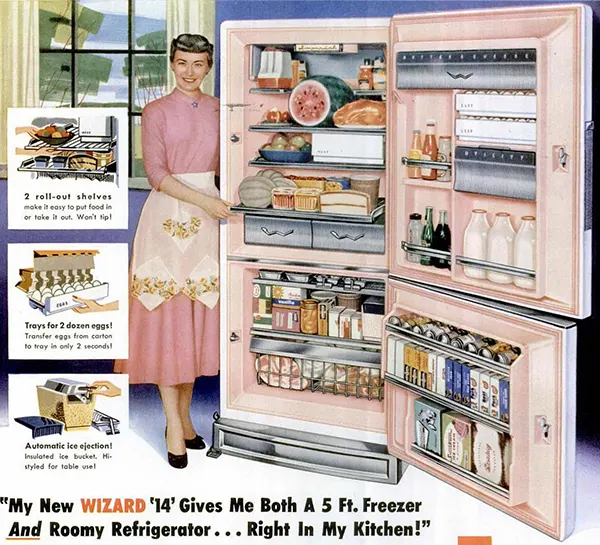The refrigerator, a cornerstone of modern kitchens, has evolved significantly over the past century. This evolution is vividly captured in the advertising used to promote these essential appliances. Vintage refrigerator ads from the 1900s to the 1990s not only reflect the technological advancements and design trends but also offer a window into the changing societal norms and lifestyles.
The Early 1900s: The Advent of Refrigeration
In the early 20th century, refrigeration technology was in its infancy. Early ads often featured iceboxes, which used large blocks of ice to keep food cold. However, by the 1920s, electric refrigerators began to appear in the market.
Early refrigerator ads focused on convenience and novelty. They highlighted the ability to keep food fresh longer without the need for regular ice deliveries. Brands like Frigidaire, one of the first to mass-produce electric refrigerators, emphasized the modernity and sophistication of their products.
The 1930s to 1940s: Streamlining and Innovation
The 1930s saw refrigerators adopt the Art Deco and Streamline Moderne styles, with sleek lines and chrome details. Ads from this era often depicted these models as symbols of luxury and modern living. During this period, refrigerators began to include features like automatic defrosting and more efficient cooling systems. Advertisements highlighted these technological advancements, aiming to appeal to the modern housewife’s desire for convenience and efficiency.
The 1950s: A Boom in Consumerism
Refrigerators during this time underwent significant changes in both design and technology. The 1950s refrigerators were often larger and more feature-packed than their predecessors. They were designed to match the aesthetic of the modern American kitchen with sleek lines and a variety of colors. Manufacturers began to introduce refrigerators in pastel shades, such as pink, turquoise, and yellow, reflecting the era’s love for bright and bold colors. This was a departure from the white and metallic finishes that had dominated earlier designs.
The advertising for these refrigerators was equally vibrant and optimistic, often featuring imagery of happy families and luxurious lifestyles, suggesting that owning such a modern appliance was a step towards a better living. These ads not only promoted the refrigerators but also the ideal of the American dream, where every household could aspire to have a well-equipped, modern kitchen.
The 1960s and 1970s: The Era of Style and Substance
The 1960s and 1970s saw a shift towards more avant-garde designs in refrigerators. Manufacturers began to experiment with avant-garde designs, incorporating a broader and more vibrant color palette. Refrigerators were produced in a range of bold and psychedelic colors, mirroring the era’s fashion and design trends. Popular colors included bright oranges, greens, yellows, and even patterns or prints, which were inspired by the pop art movement and the growing hippie culture.
Advertisements from this period reflected these design changes. They often featured refrigerators in contemporary, sometimes even futuristic settings, emphasizing the appliance as a fashion statement and a reflection of the owner’s personality. The ads resonated with the era’s overall aesthetic, which was characterized by a sense of freedom, experimentation, and a break from traditional norms.
The 1980s to 1990s: High-Tech Features and Efficiency
During the 1980s and 1990s, refrigerators witnessed a technological revolution, marking the transition into the era of high-tech appliances. This period was characterized by significant advancements in functionality and convenience, driven by a growing consumer demand for more efficient, user-friendly, and feature-rich household appliances. The introduction of digital technology into refrigerators was a game-changer. Digital temperature controls allowed for more precise regulation of temperature, which not only improved food preservation but also enhanced energy efficiency.
Ads from the 1980s and 1990s often emphasized features like adjustable shelving, which allowed for customizable storage space to accommodate different food items and containers. In-door water and ice dispensers became a highlighted feature in these advertisements, showcasing the convenience and luxury of having chilled water and ice readily available.


